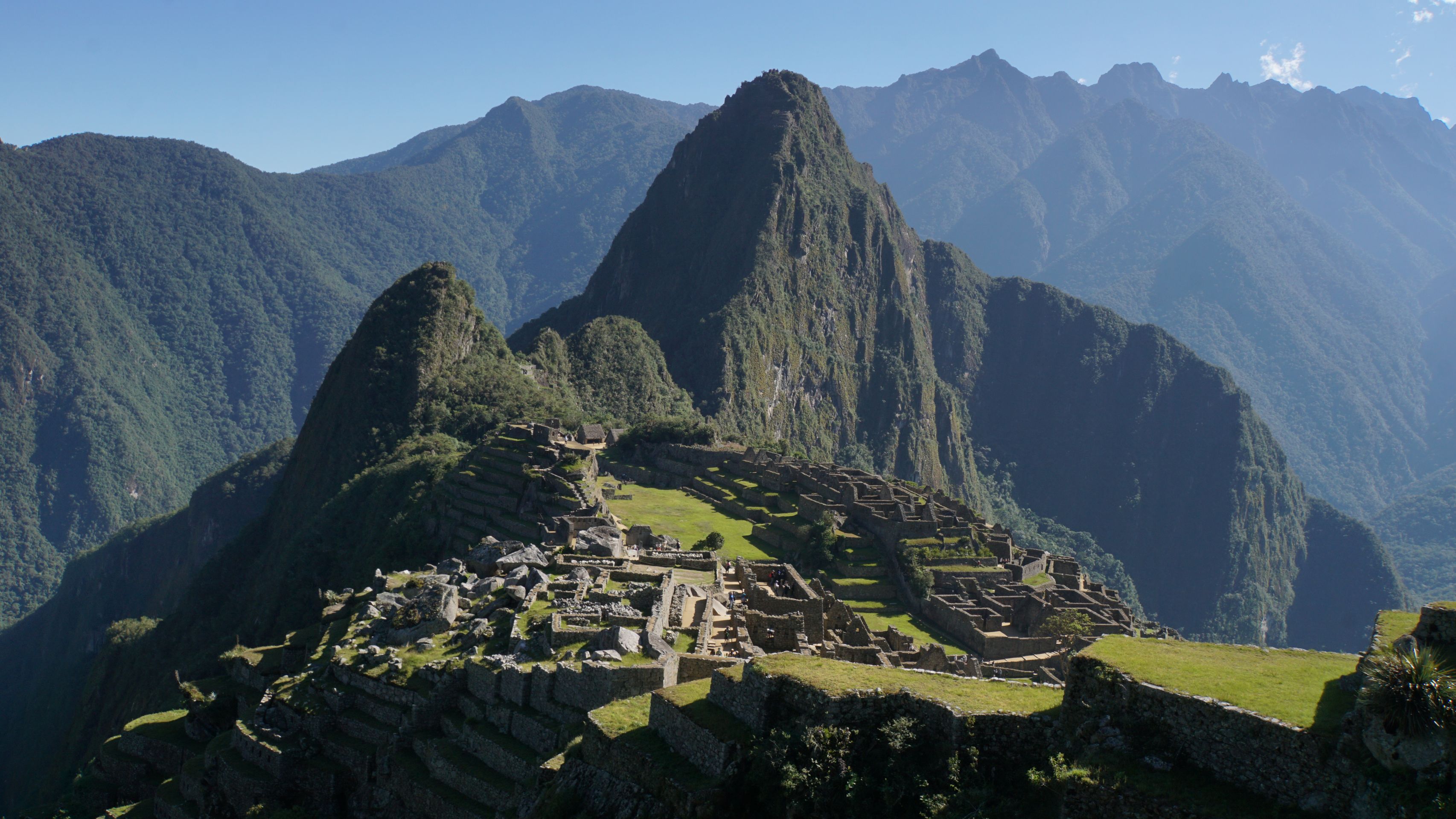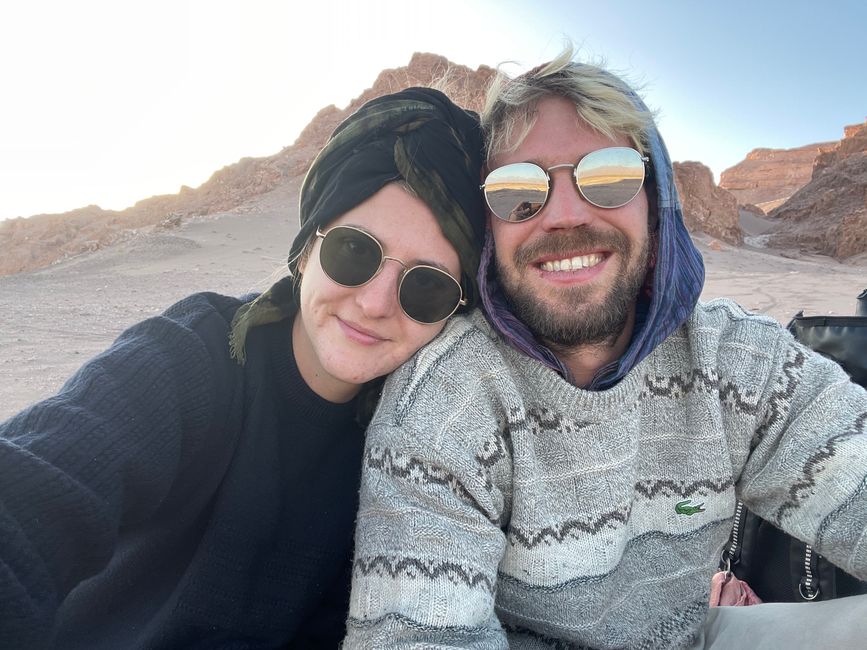
Maria-und-Geralds-Reiseblog
vakantio.de/maria-und-geralds-reiseblog
A solar eclipse and much more (Panama)
Pubblicato: 21.10.2023

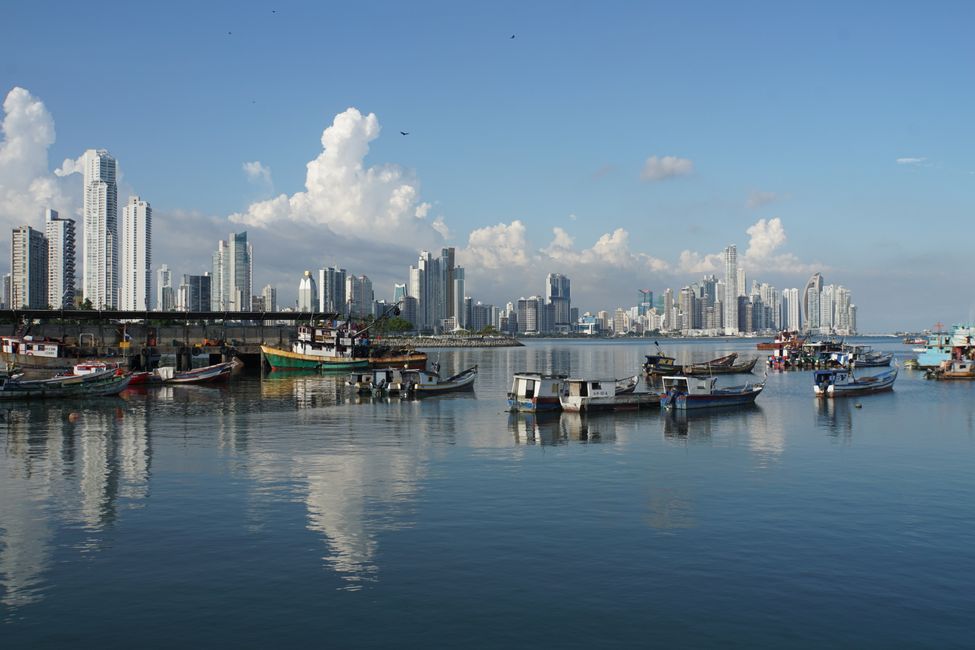
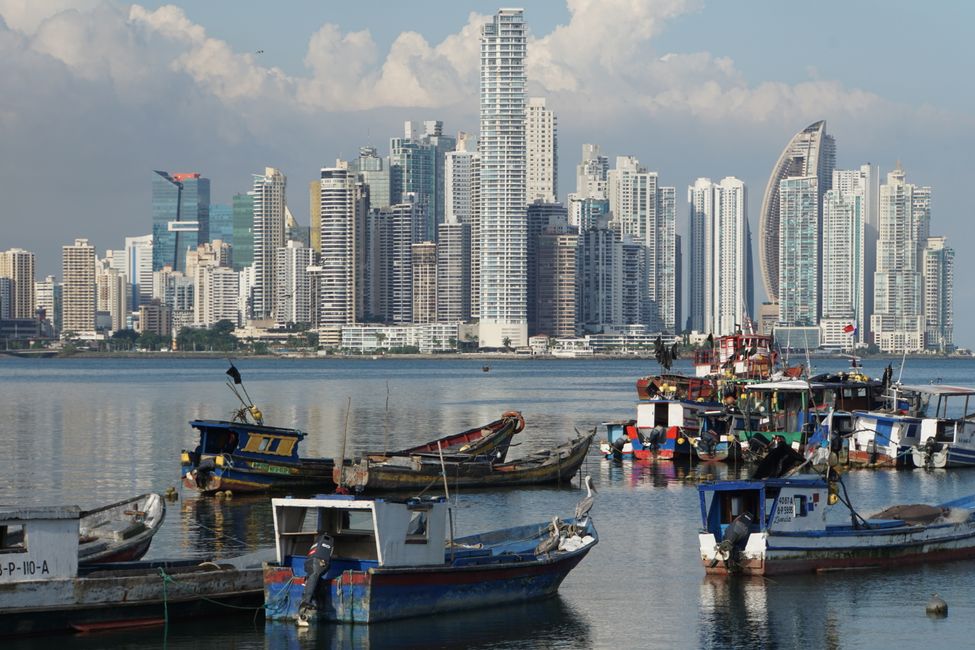
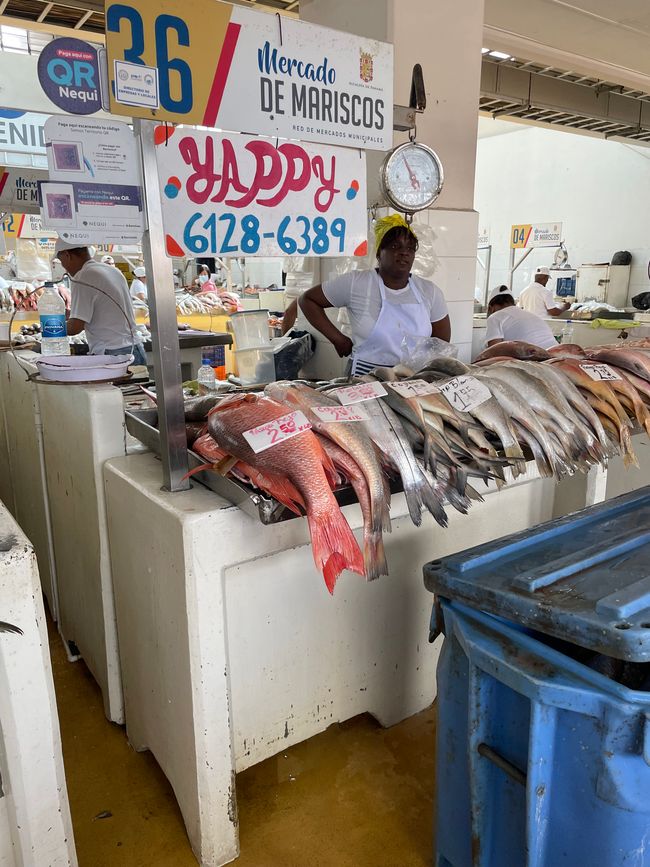
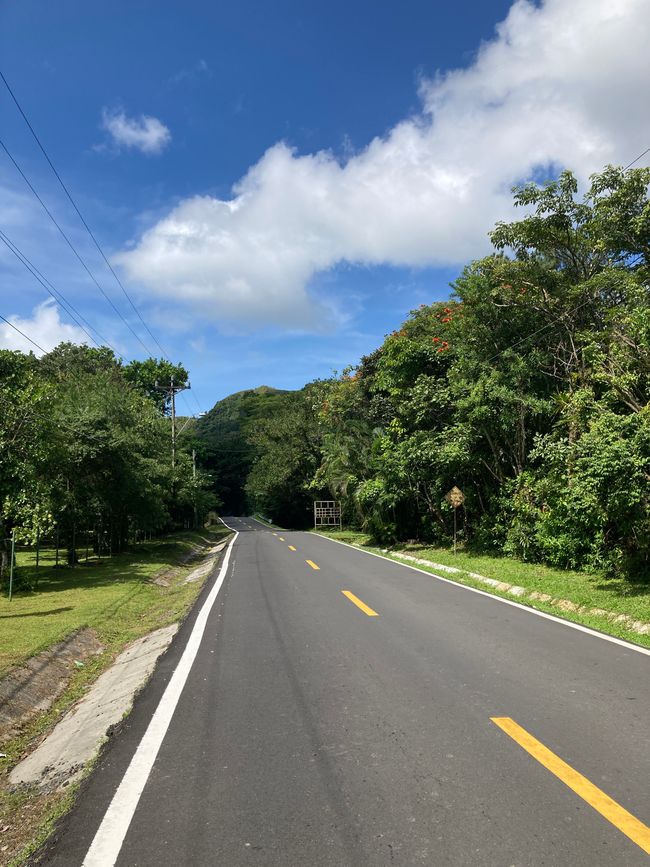
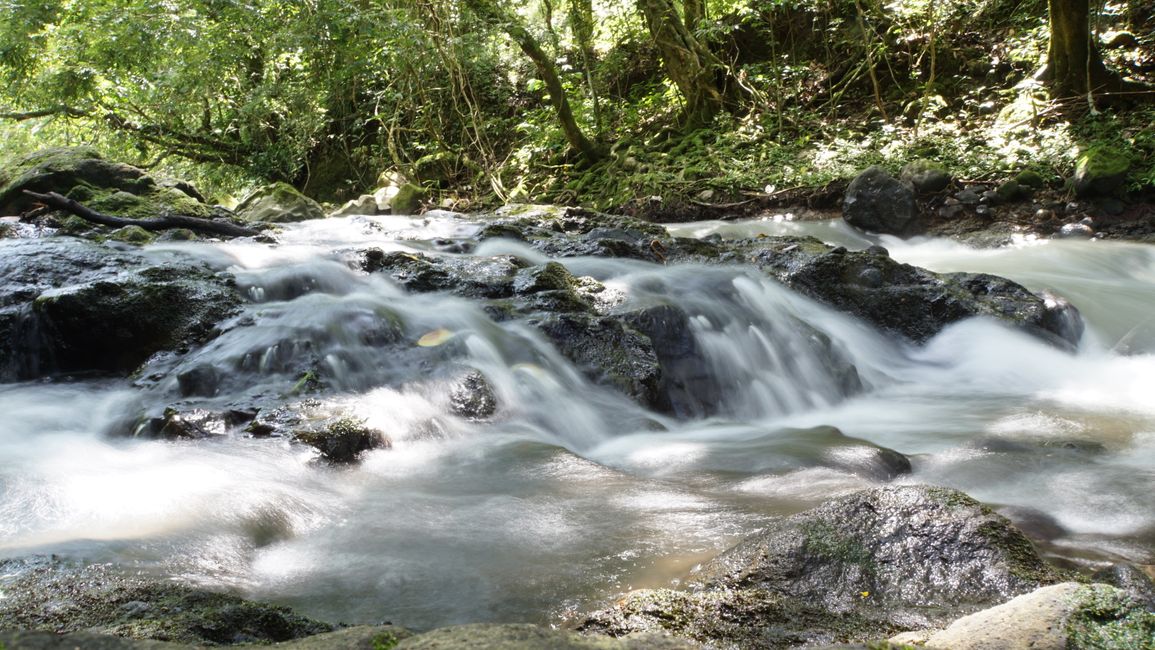
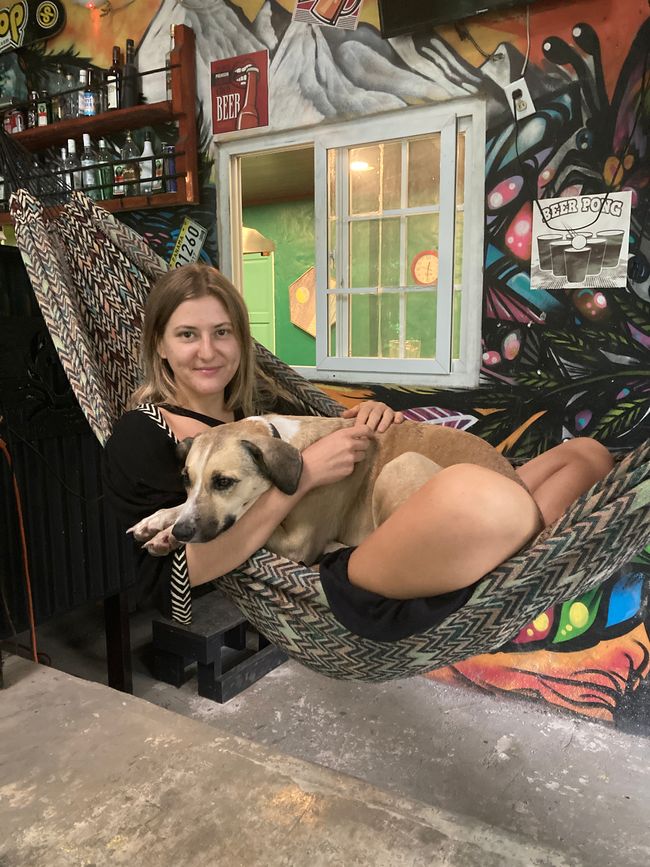
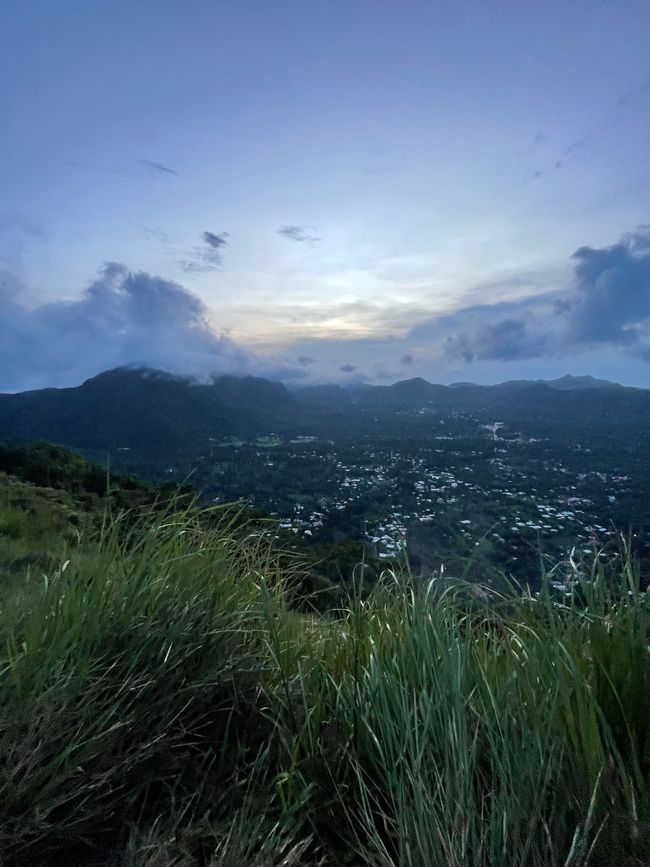
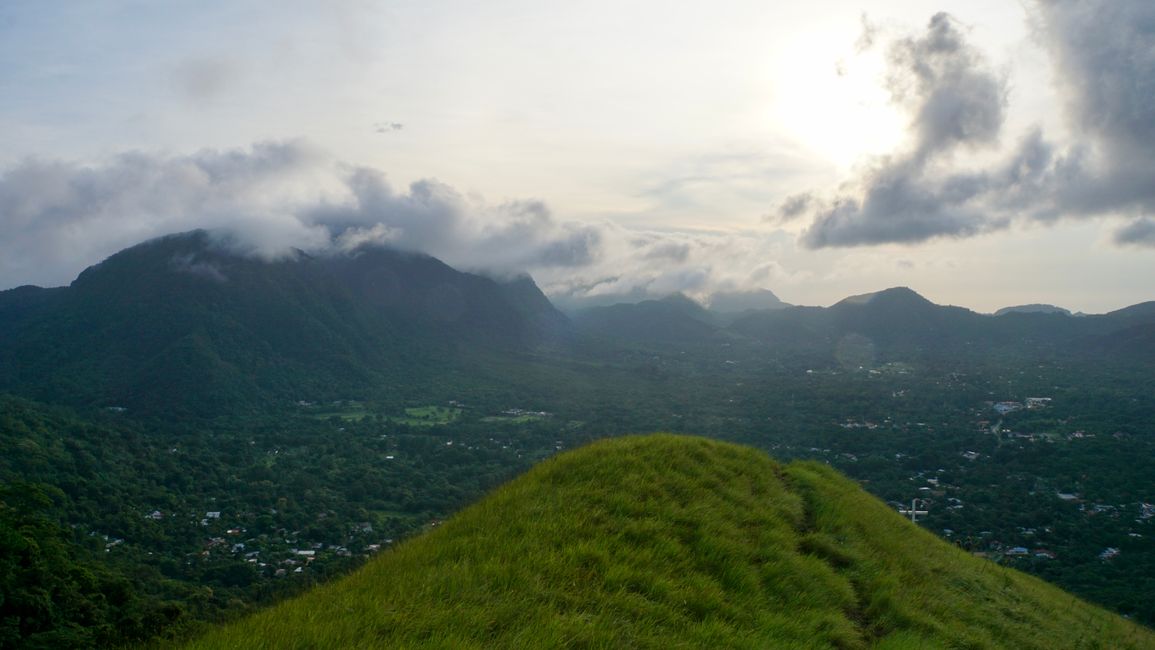
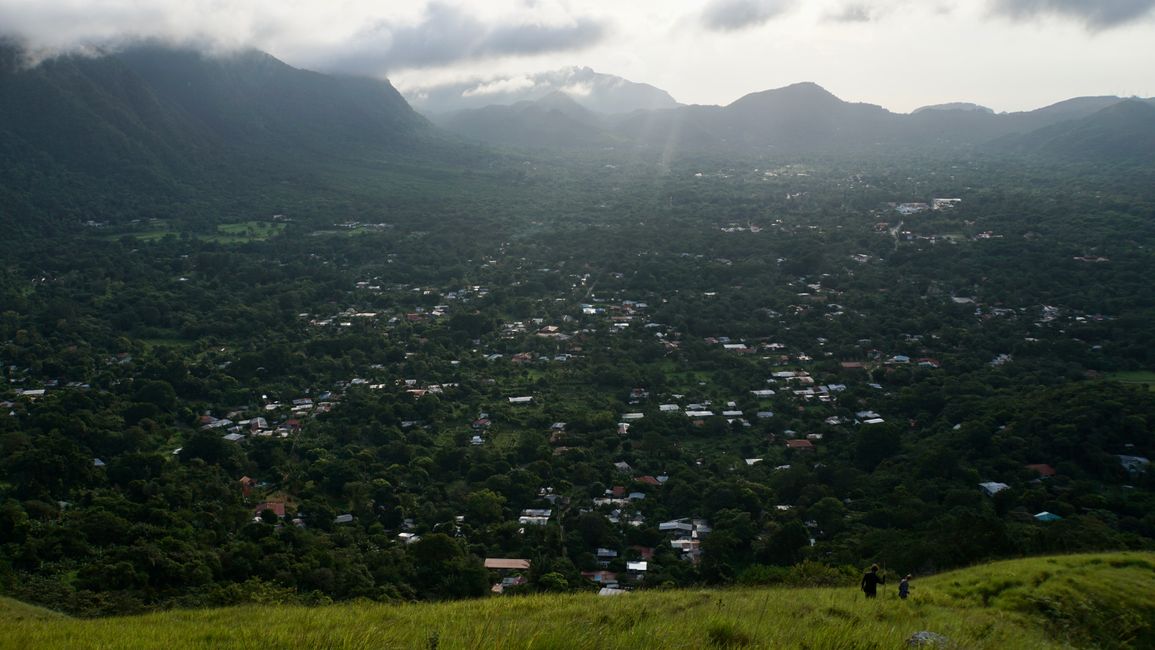
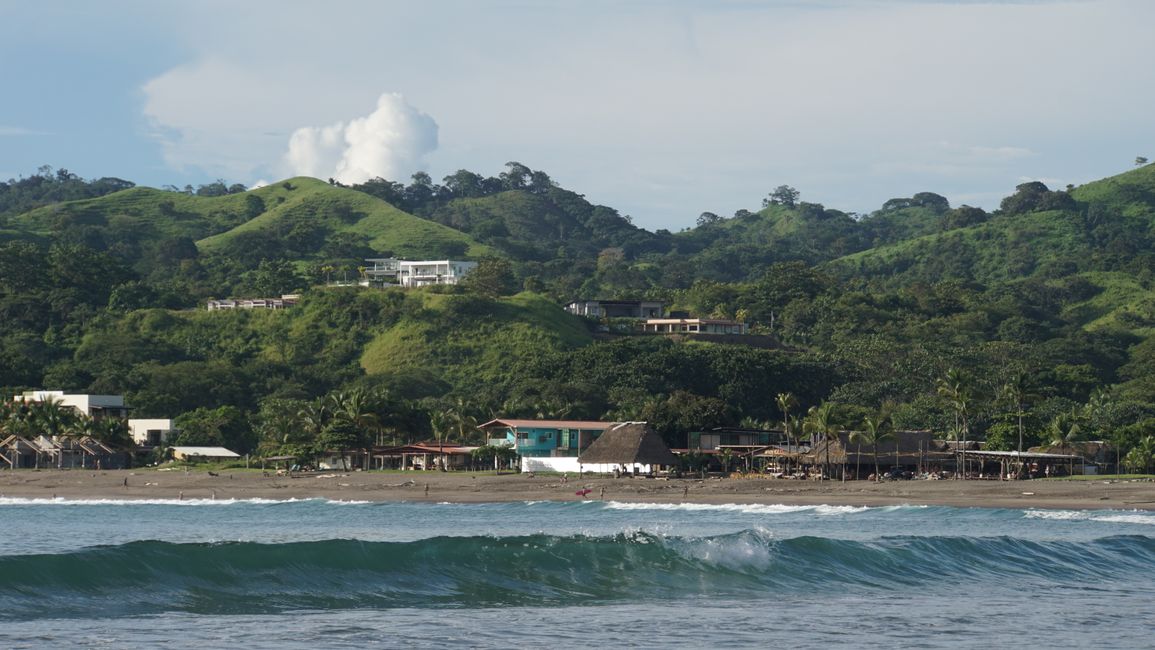
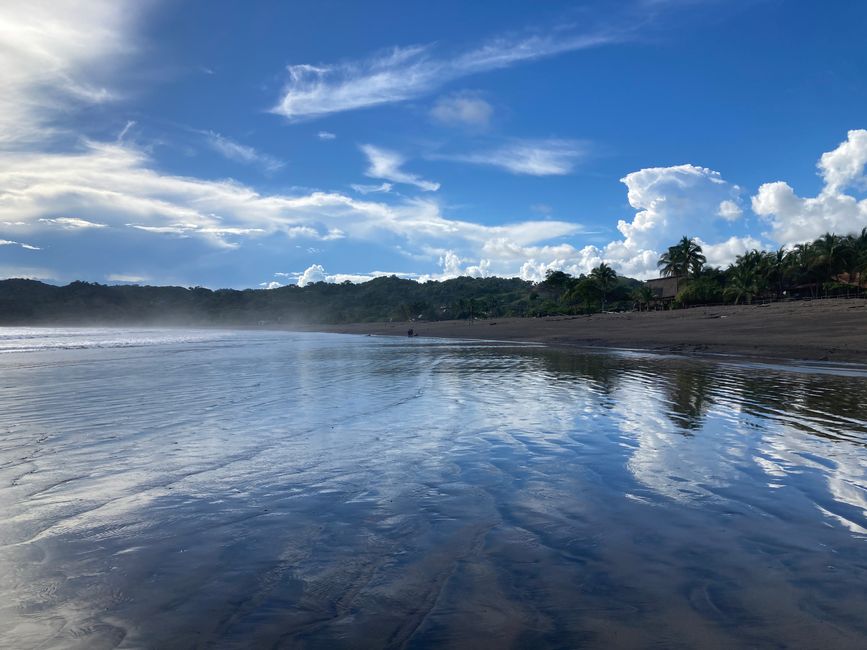
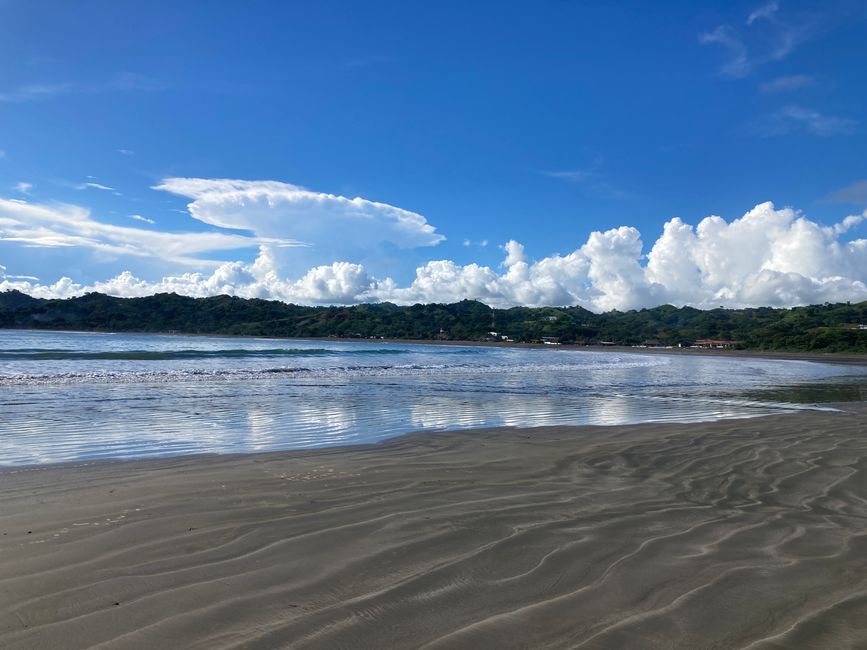
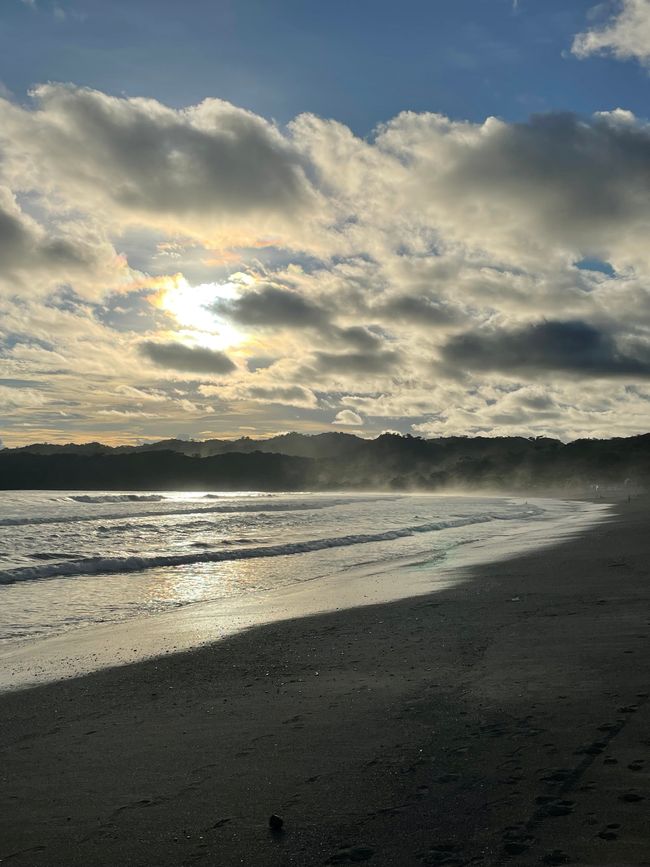
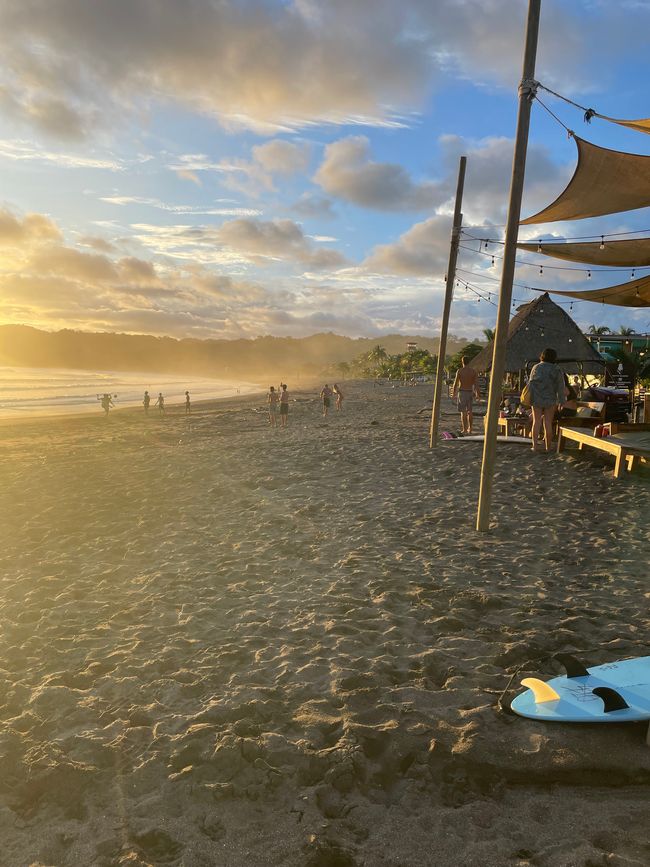
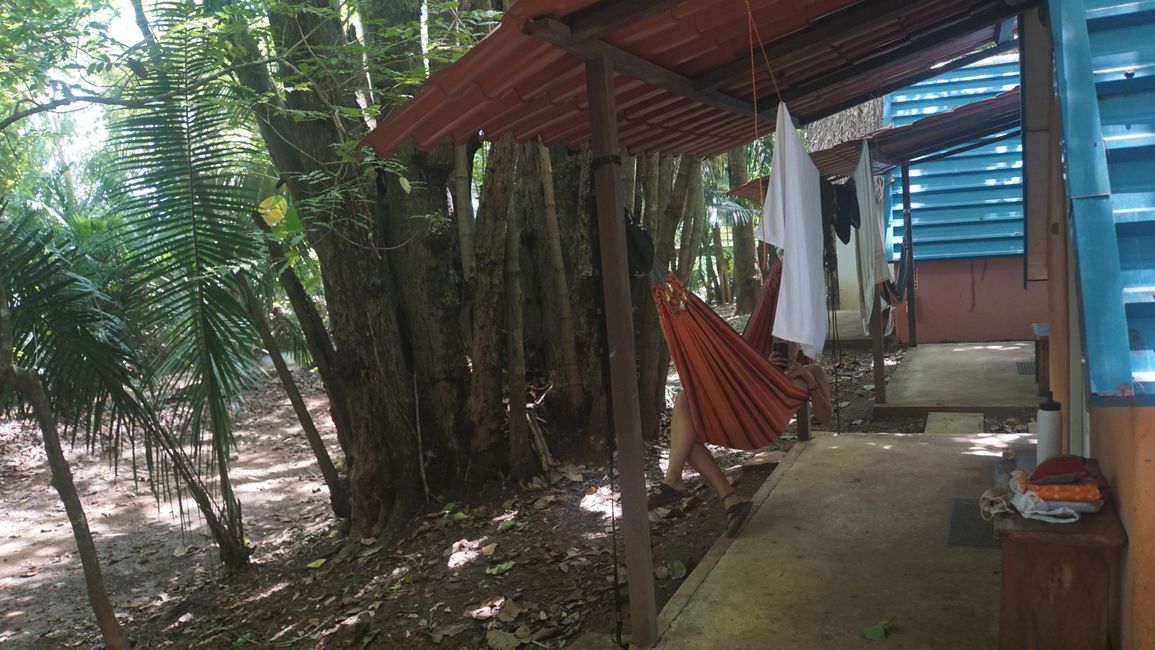
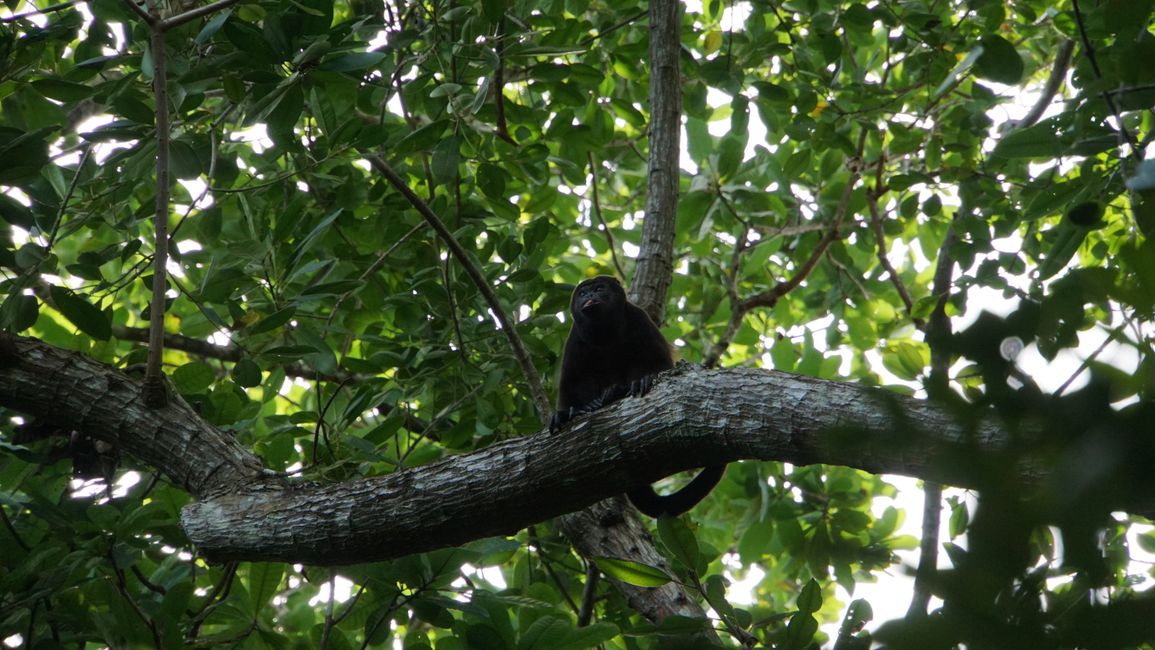
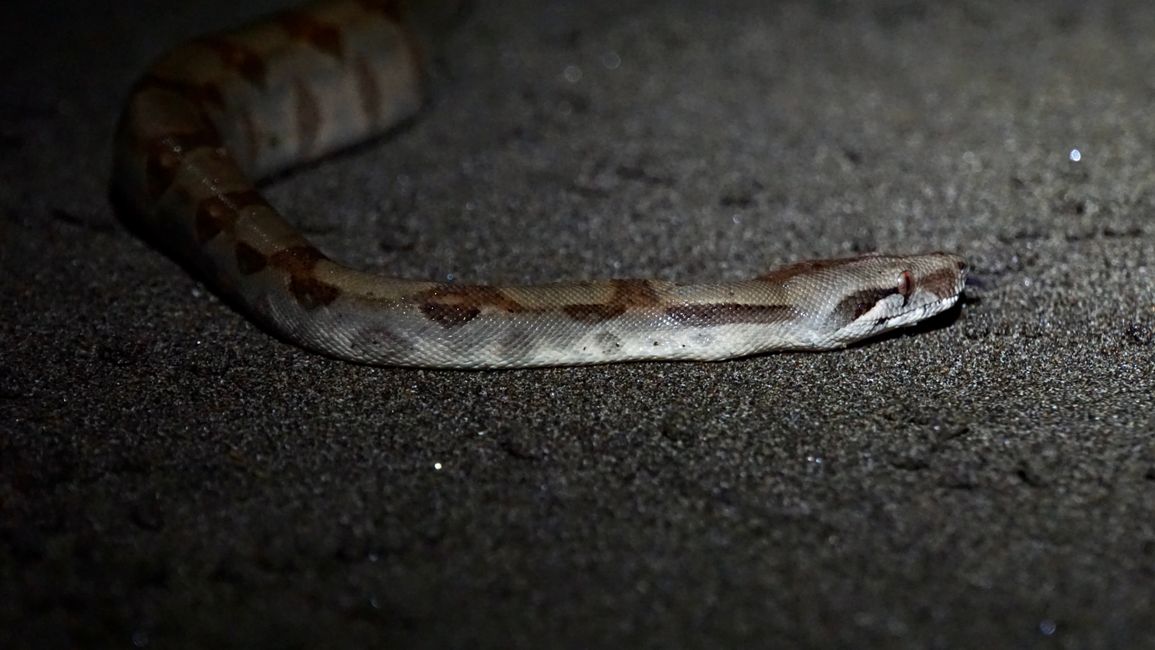
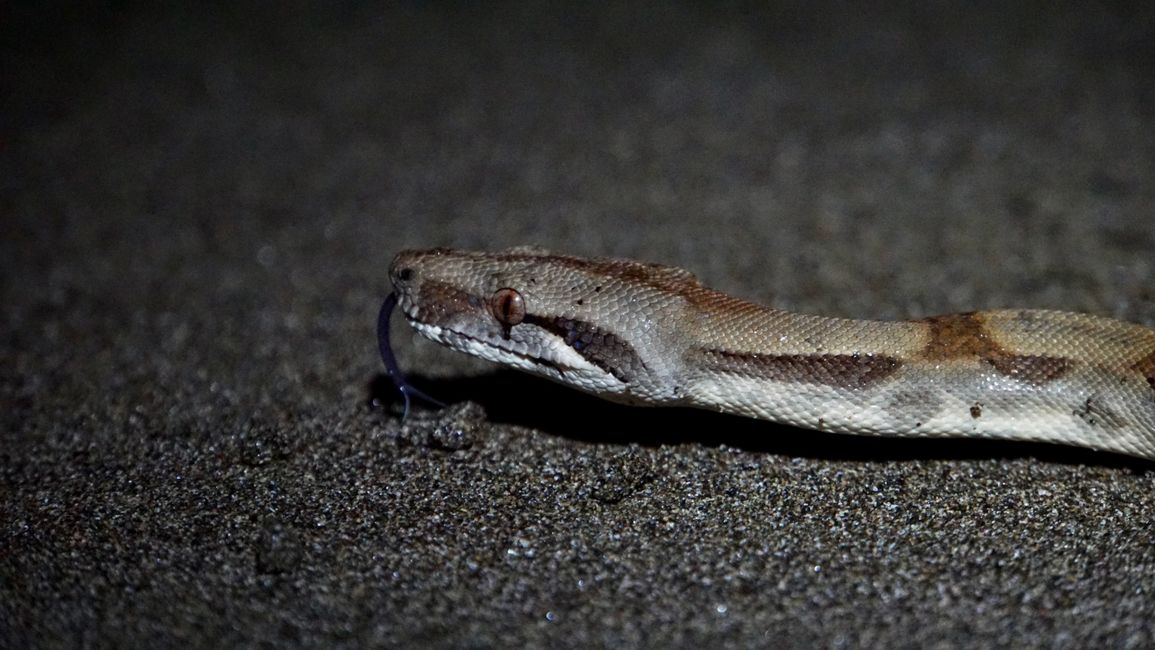
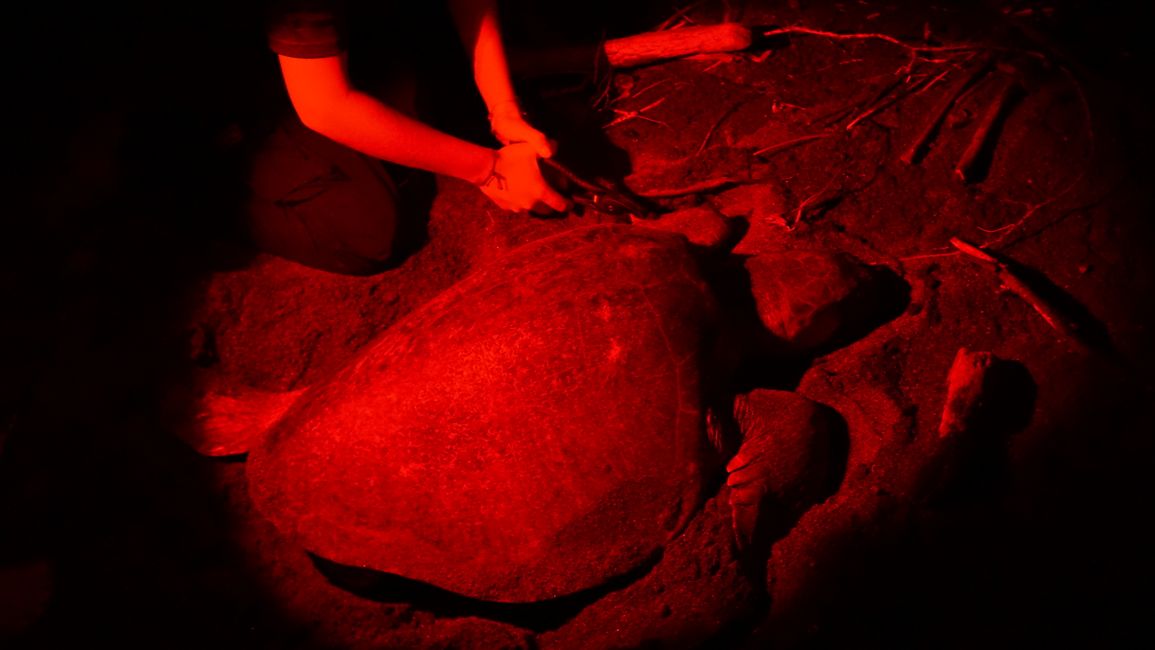
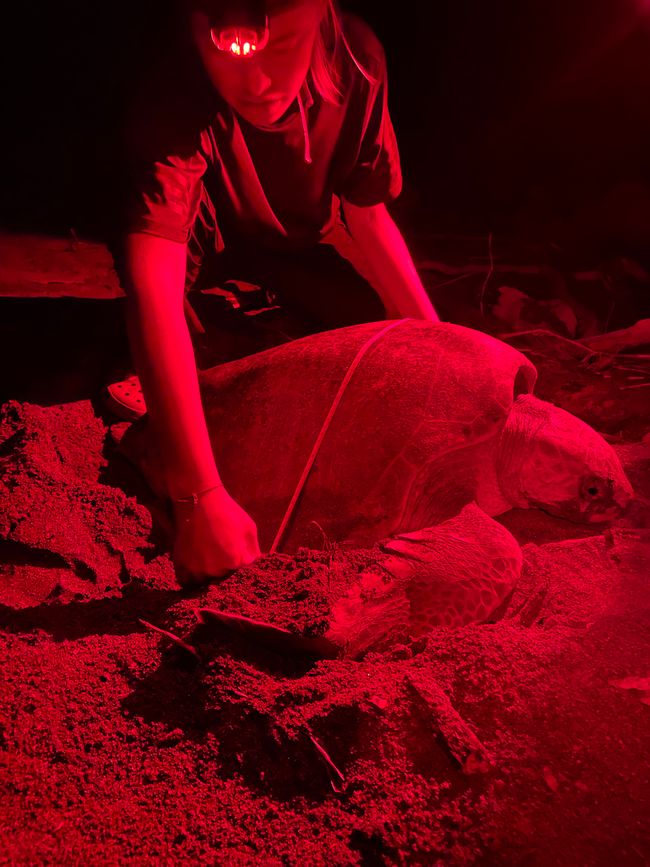
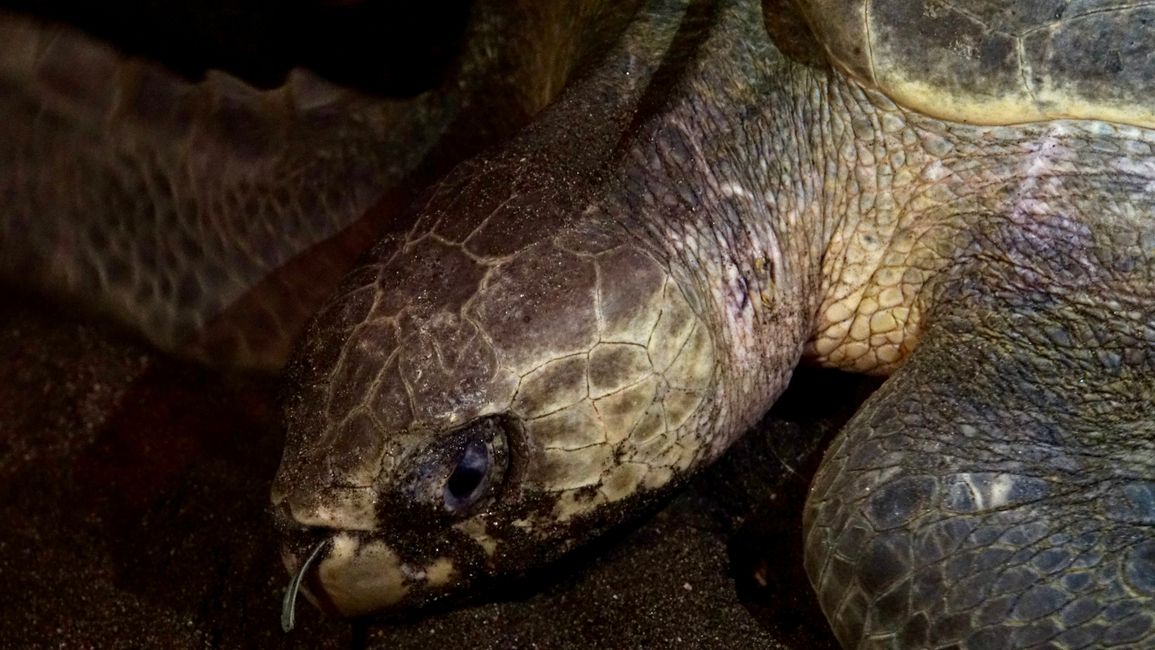
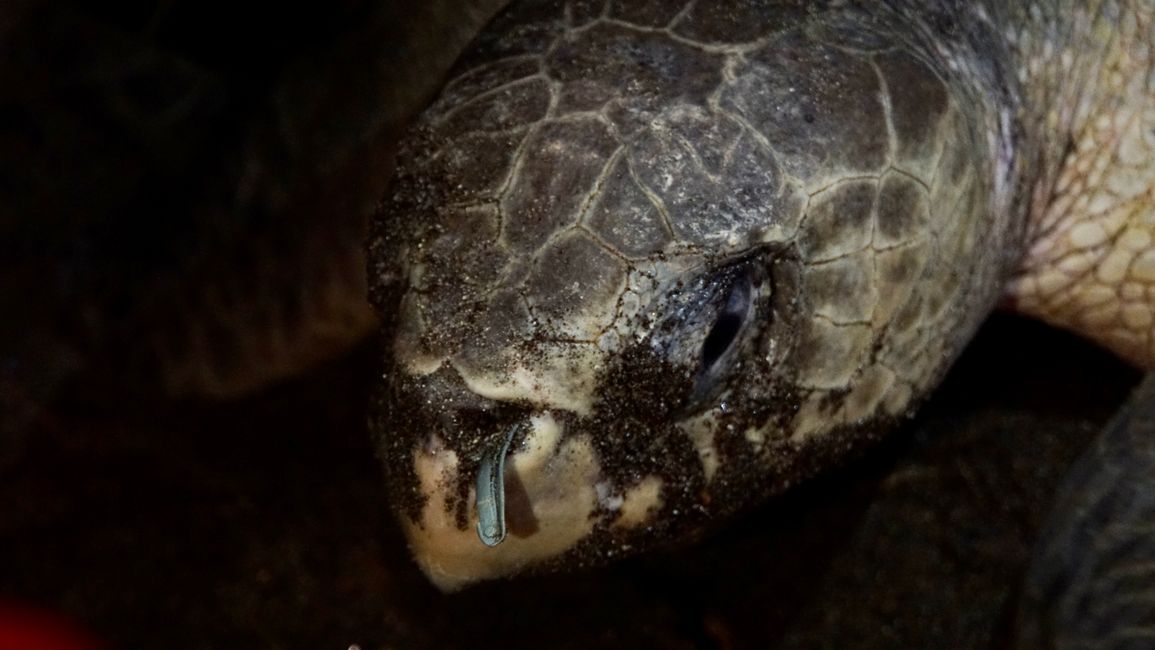
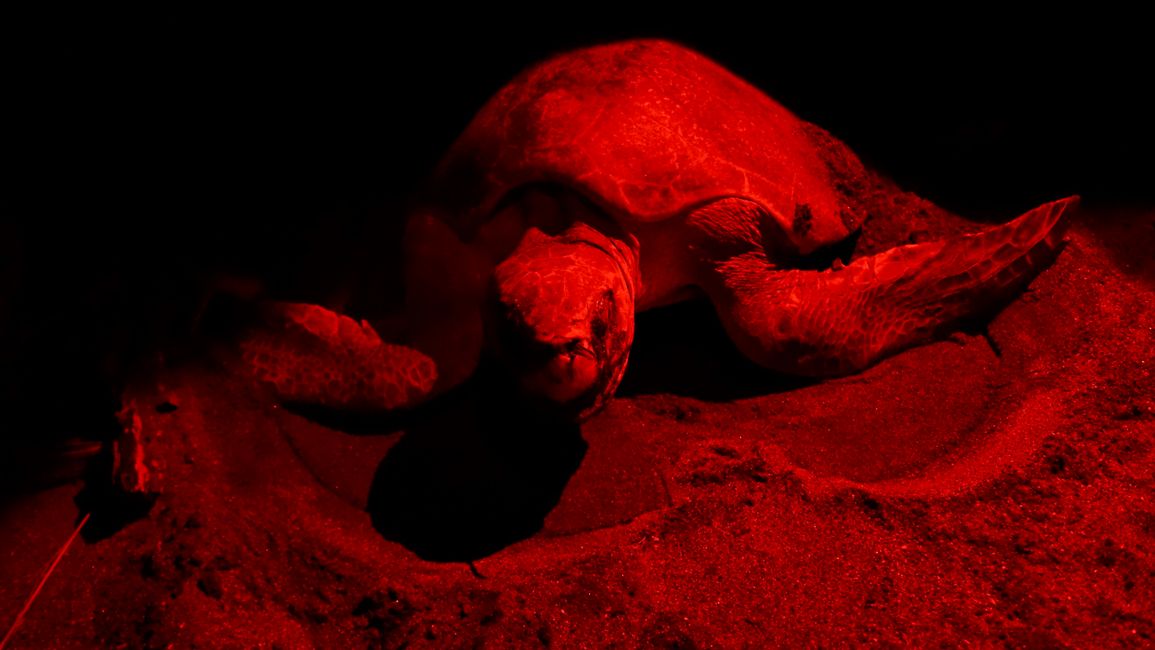
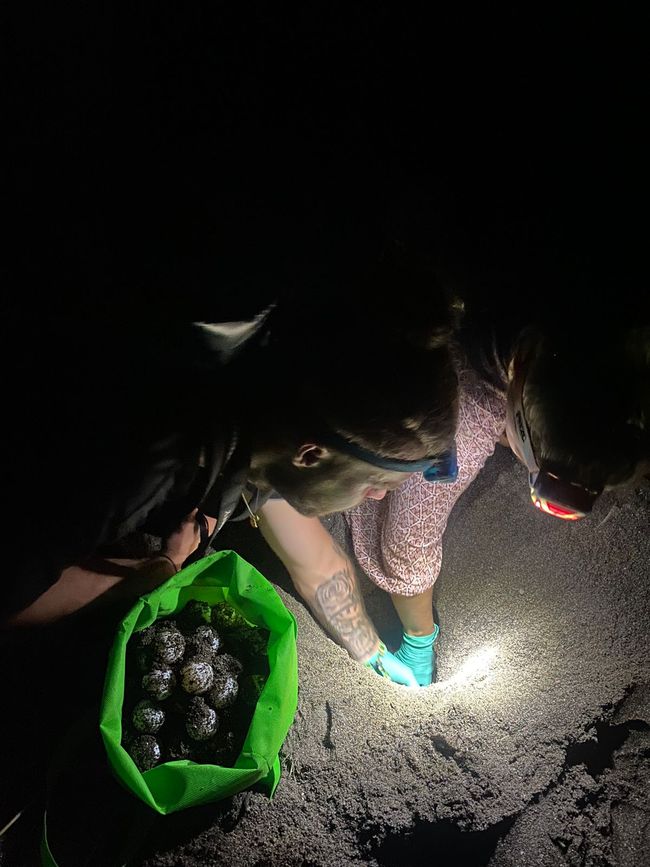
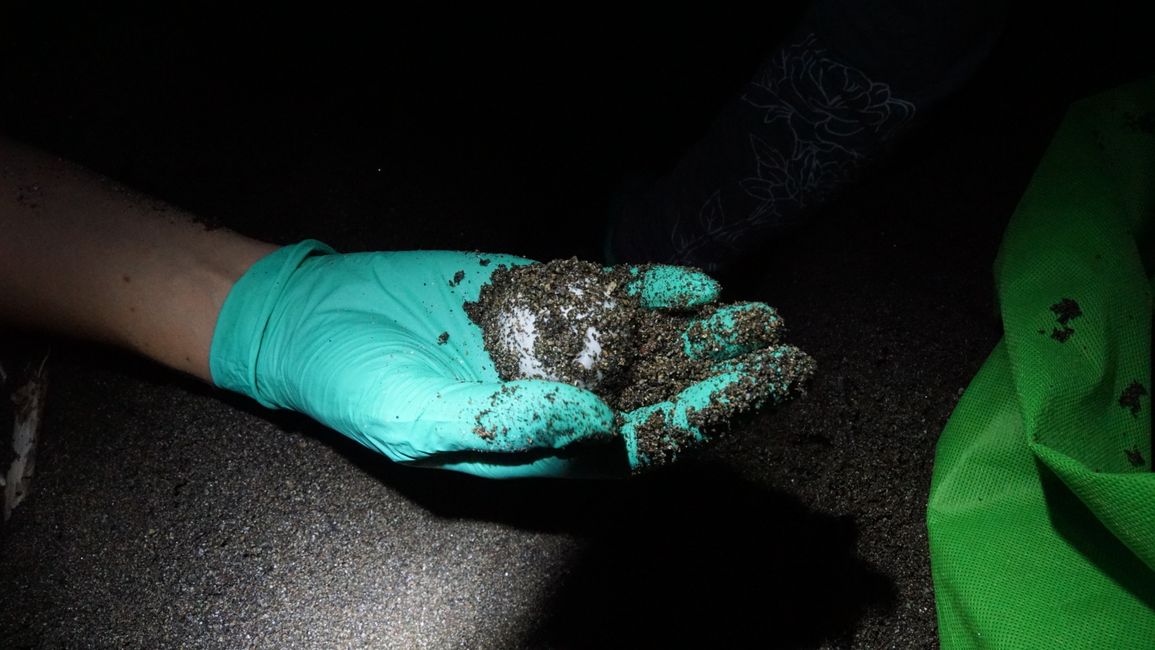
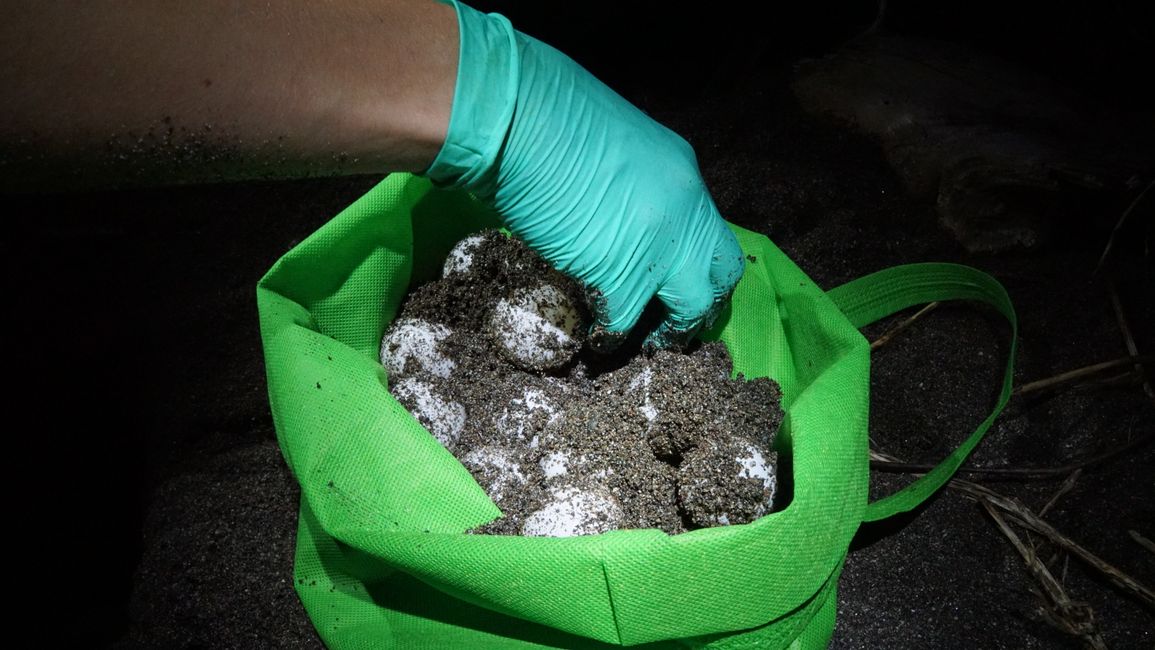
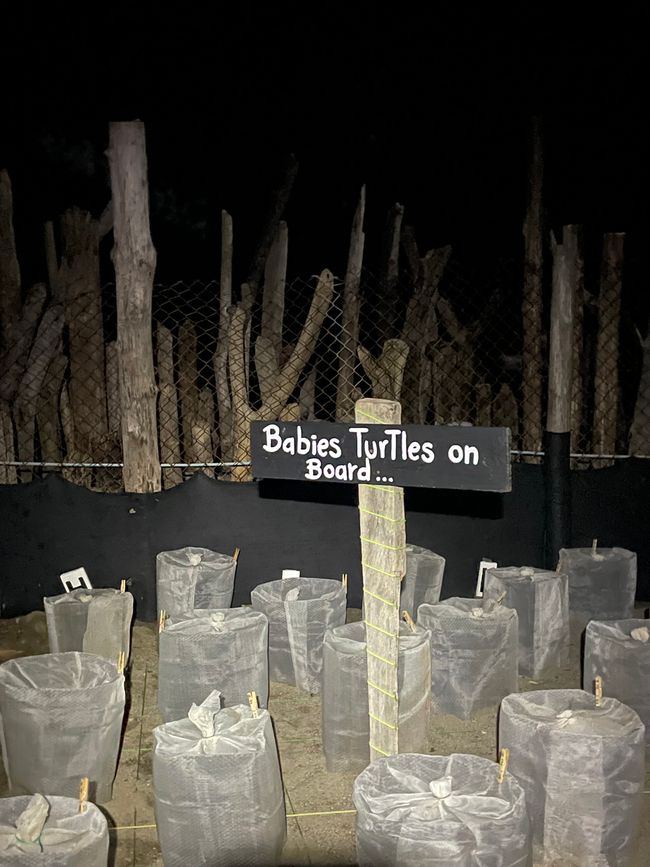
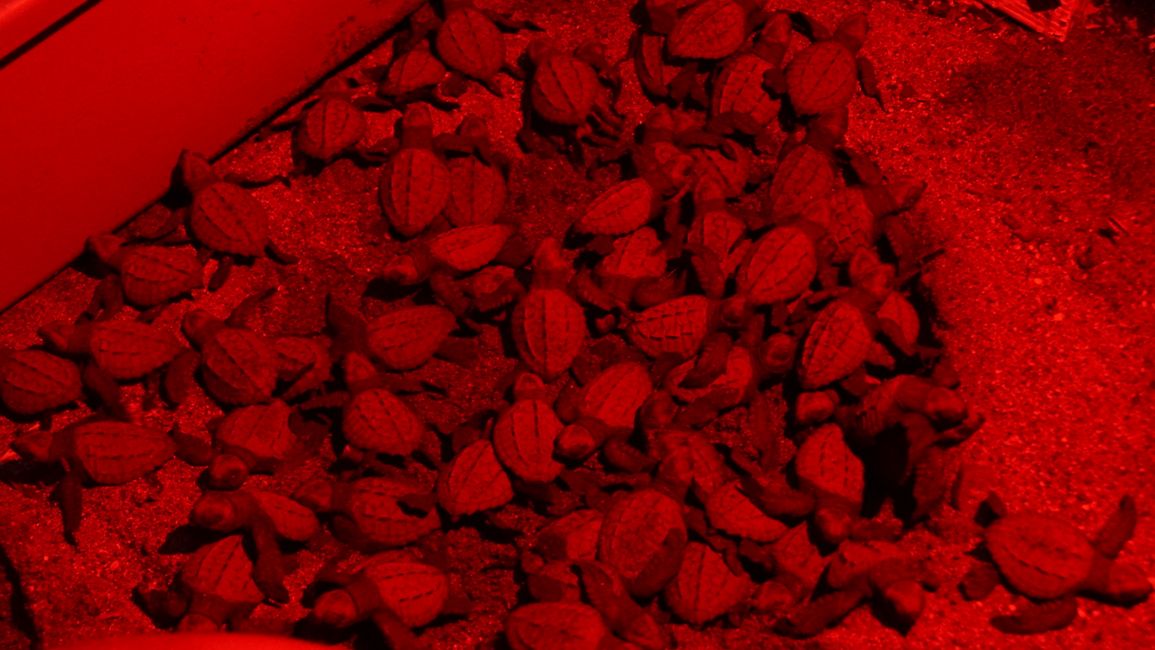
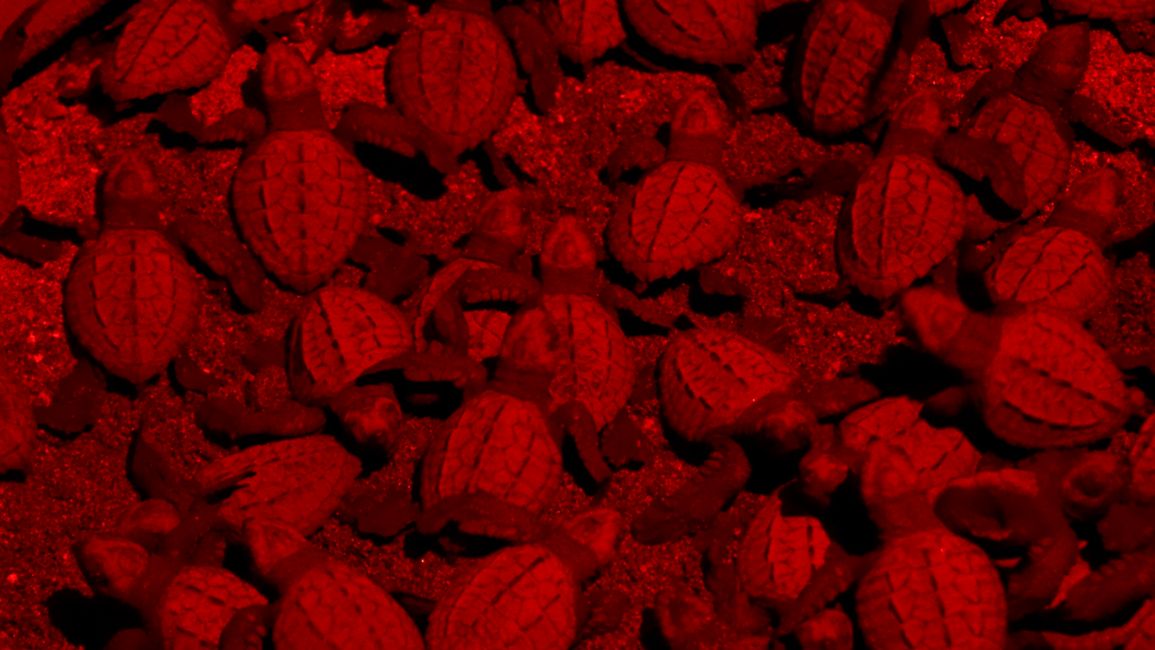
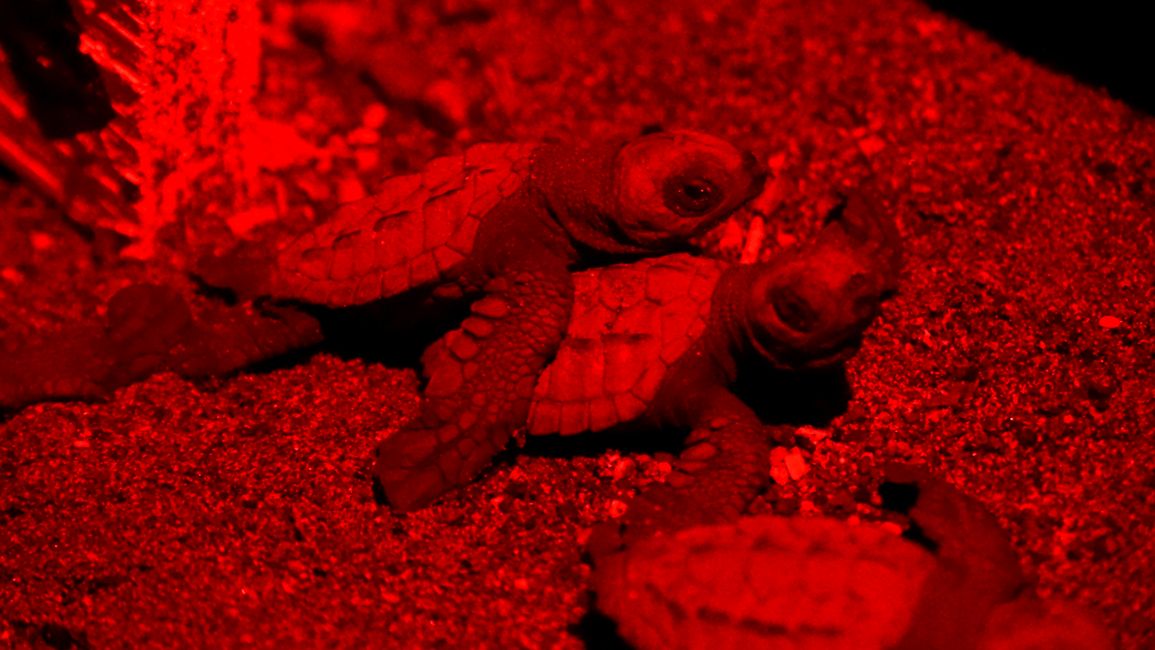
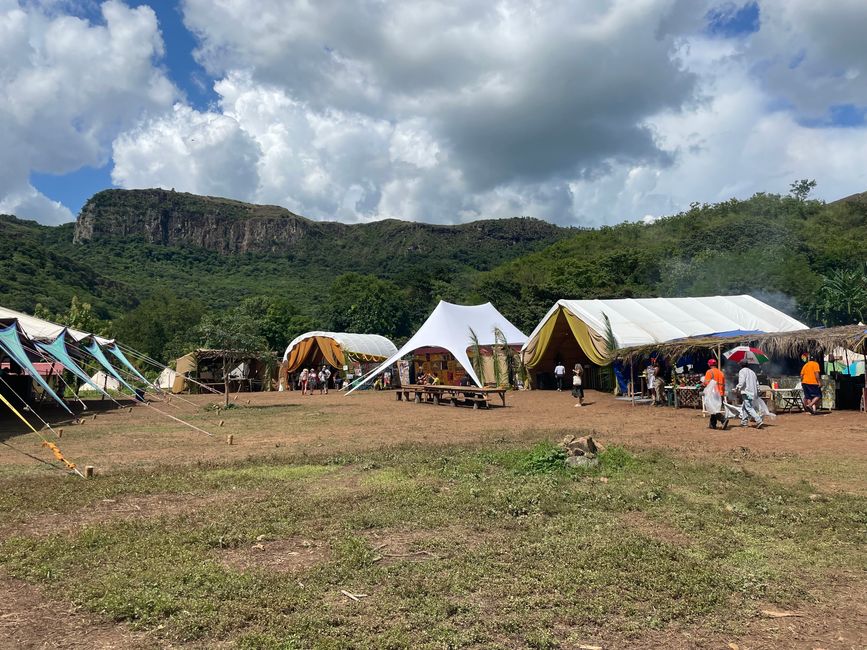
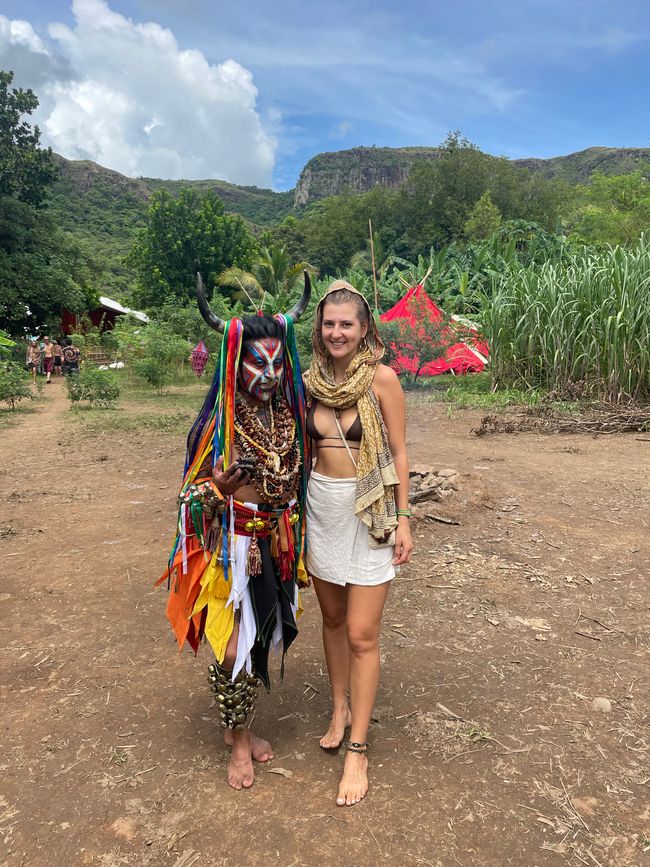
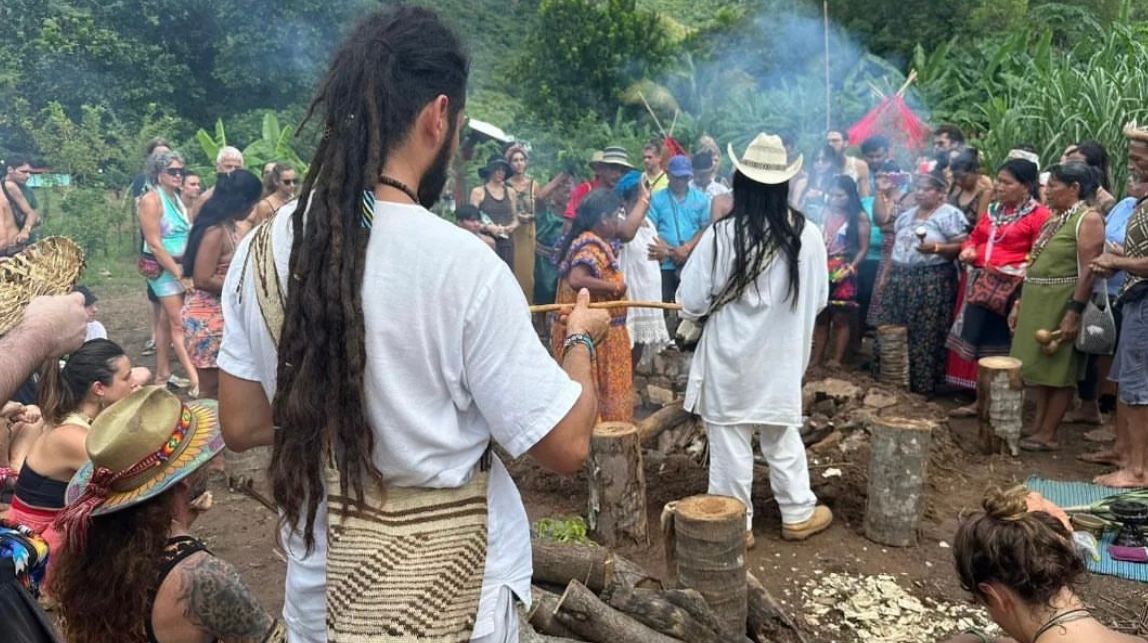
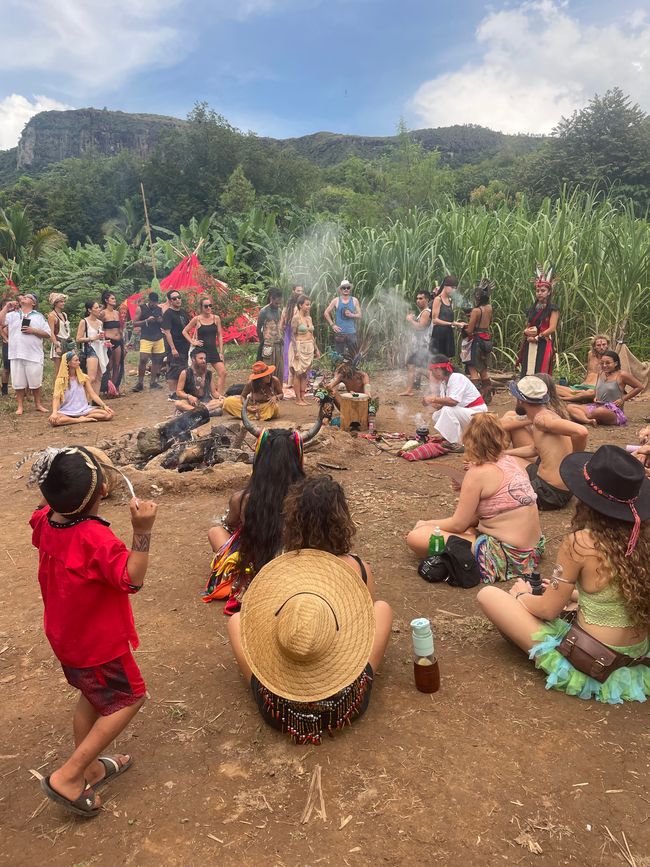
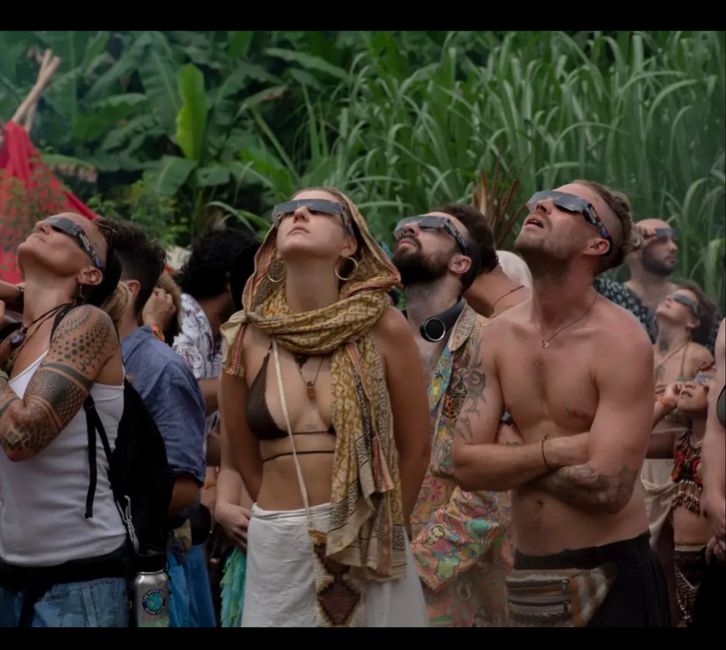
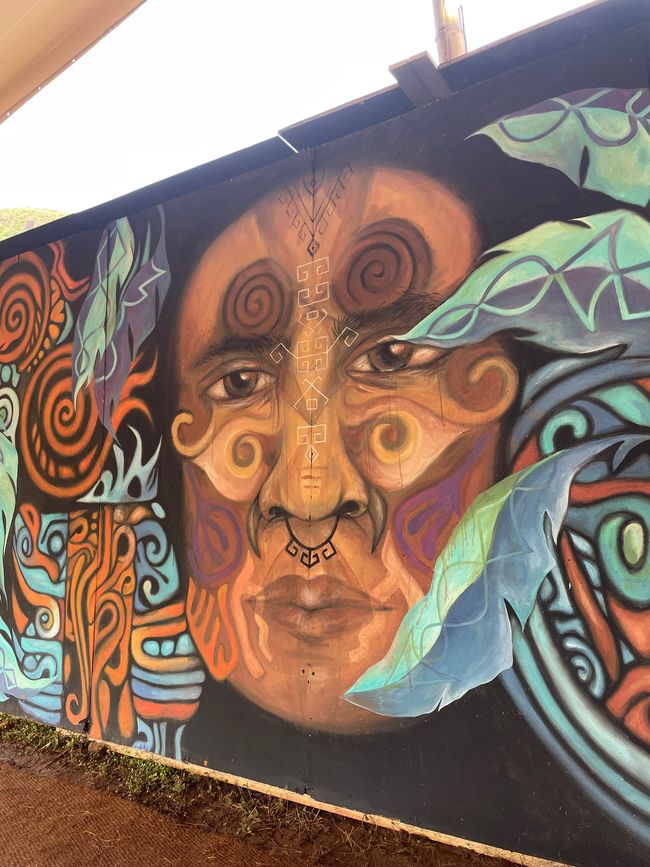
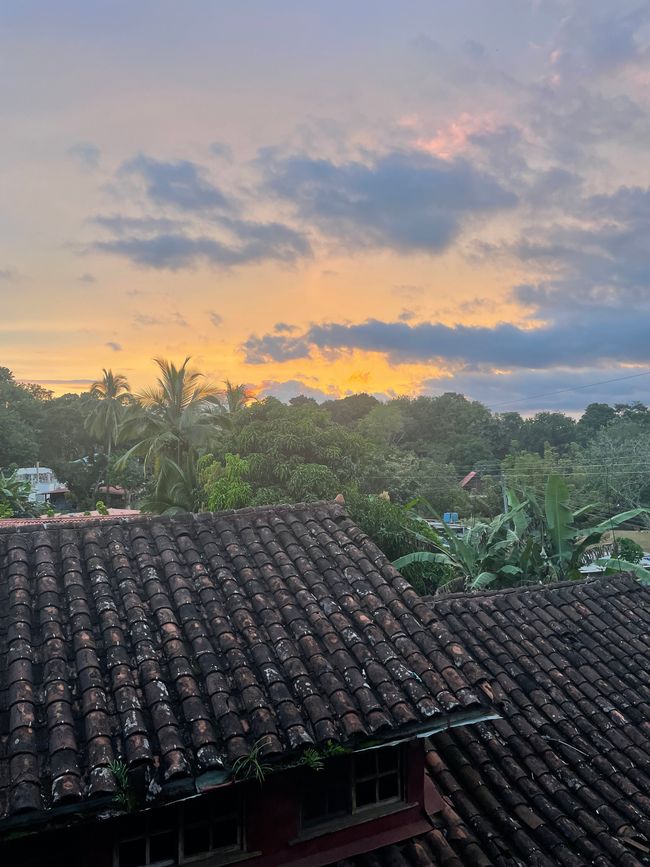
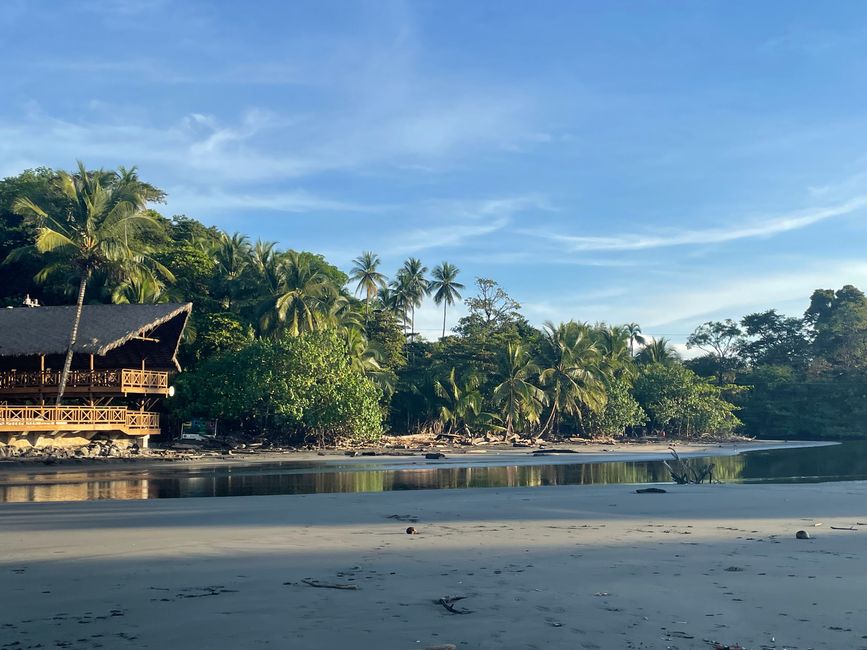
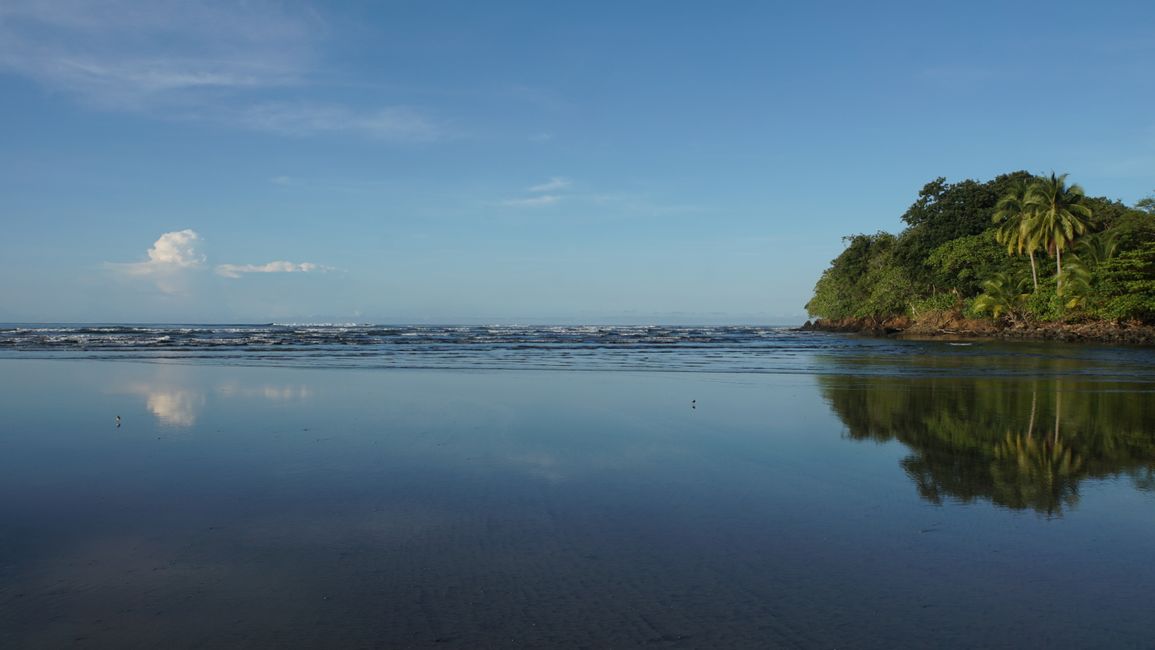
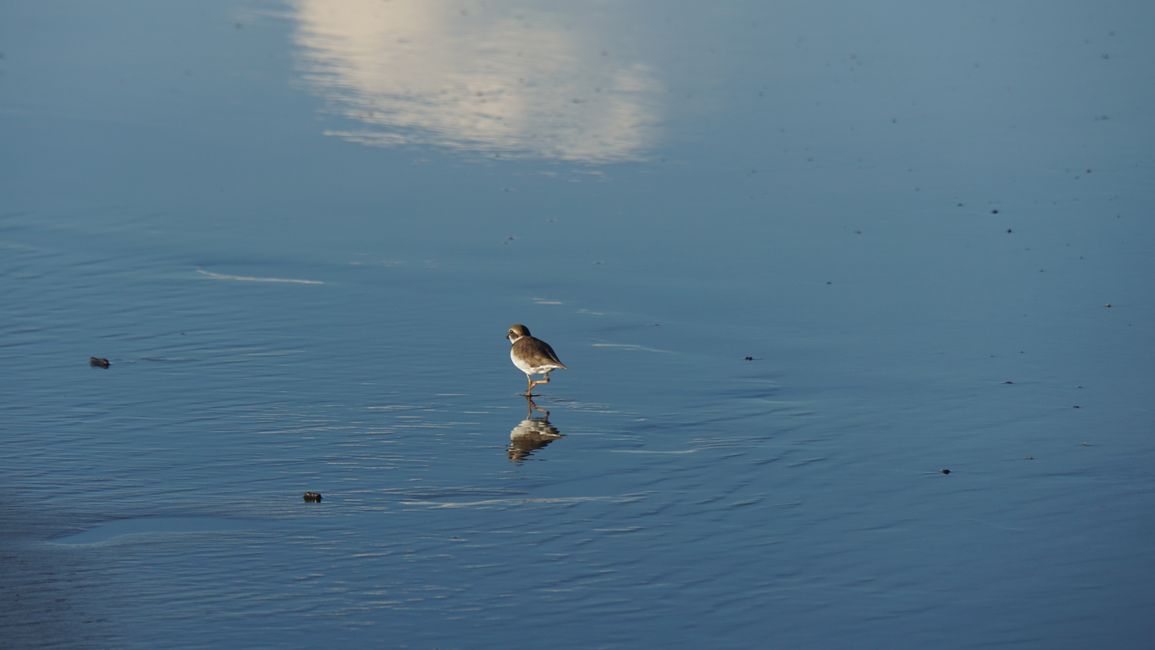
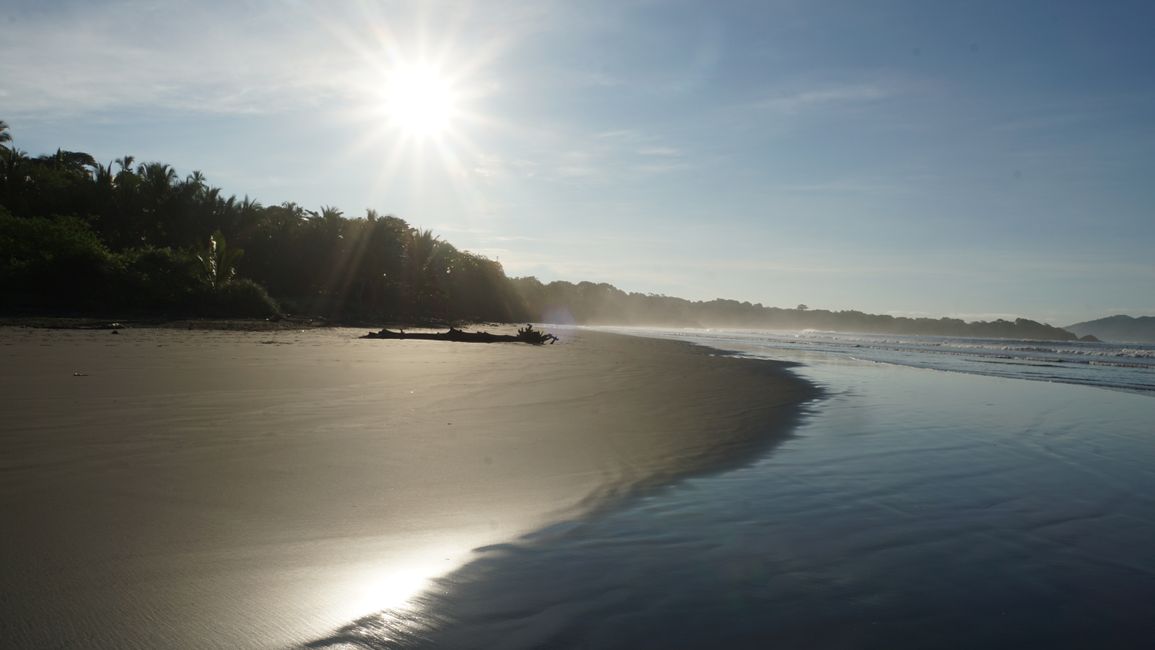
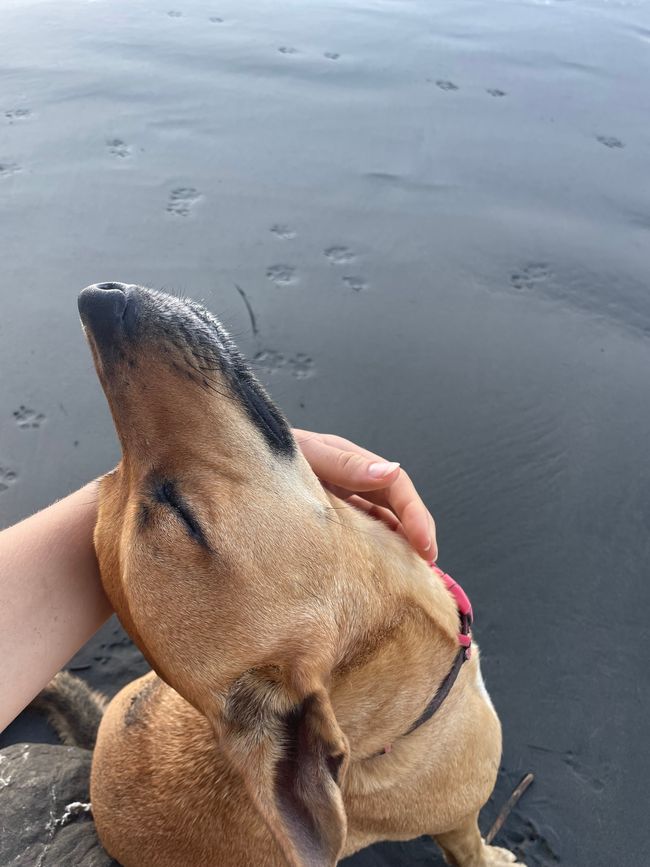
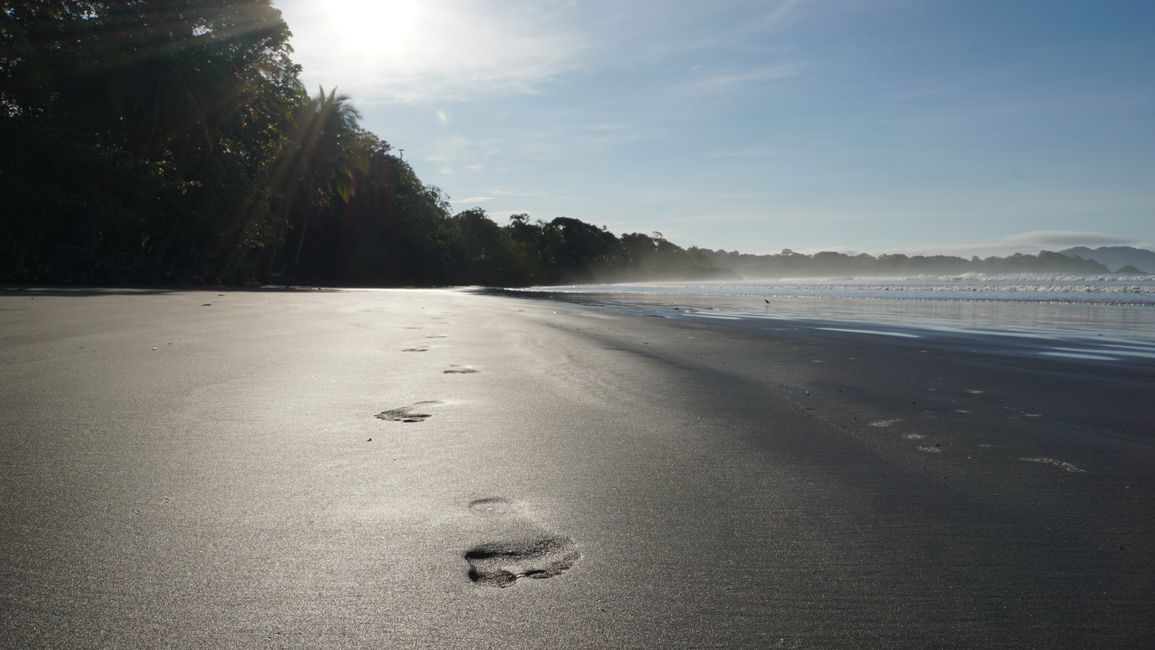
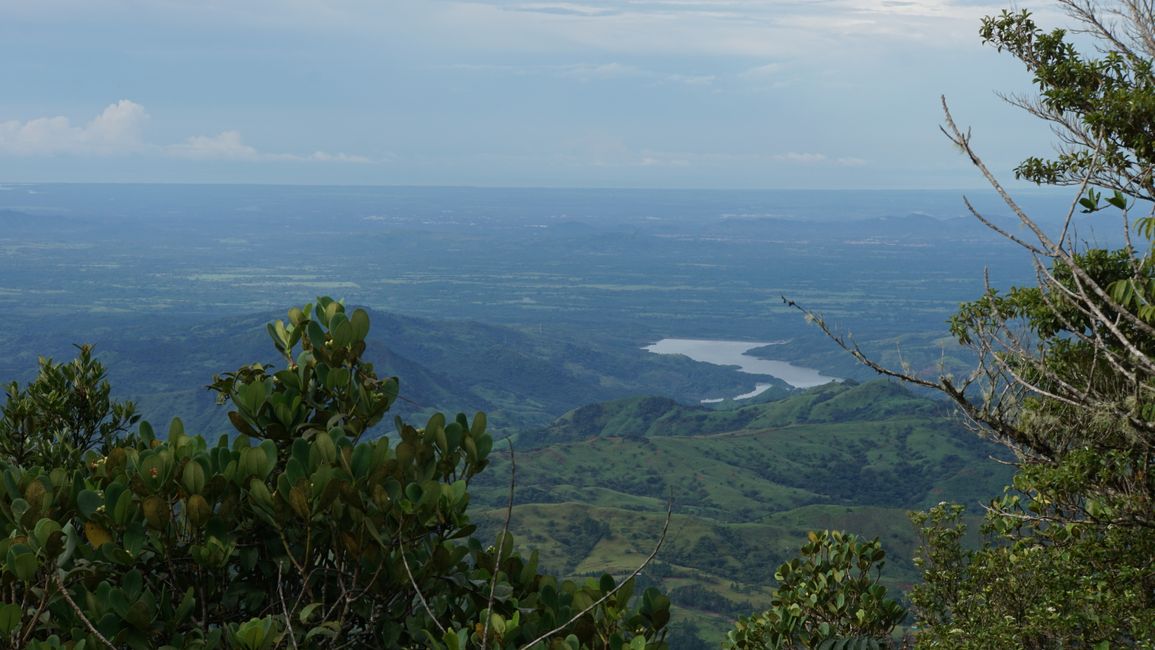
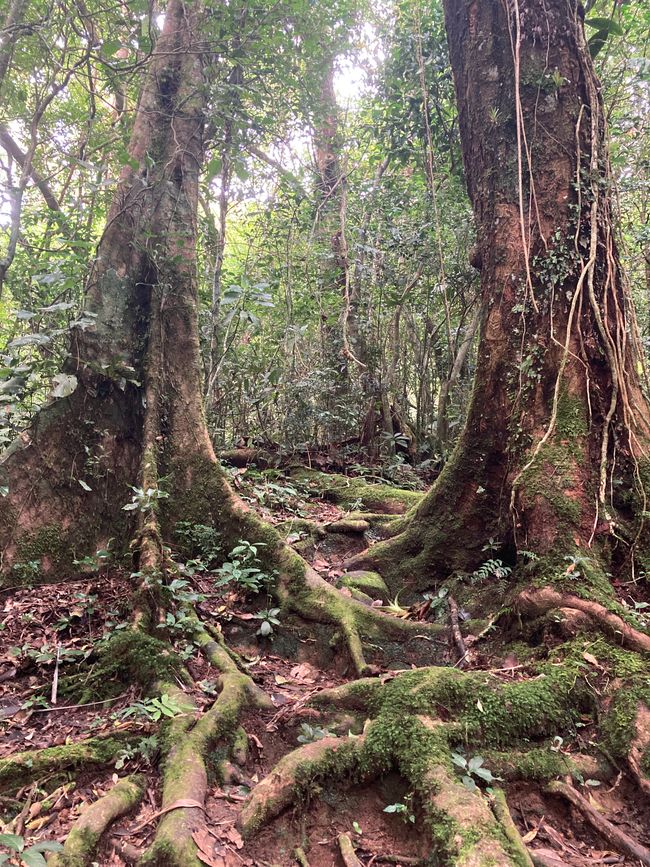
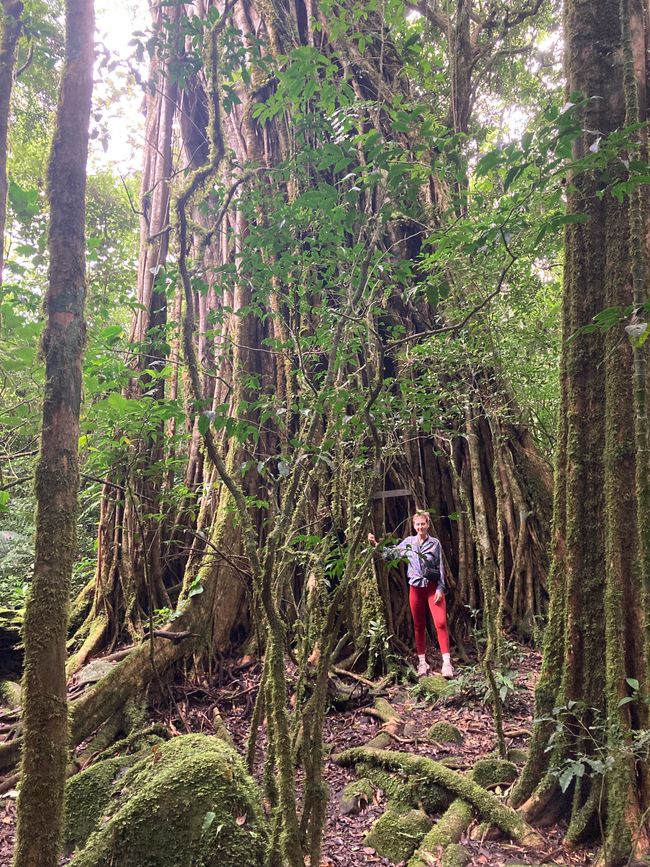
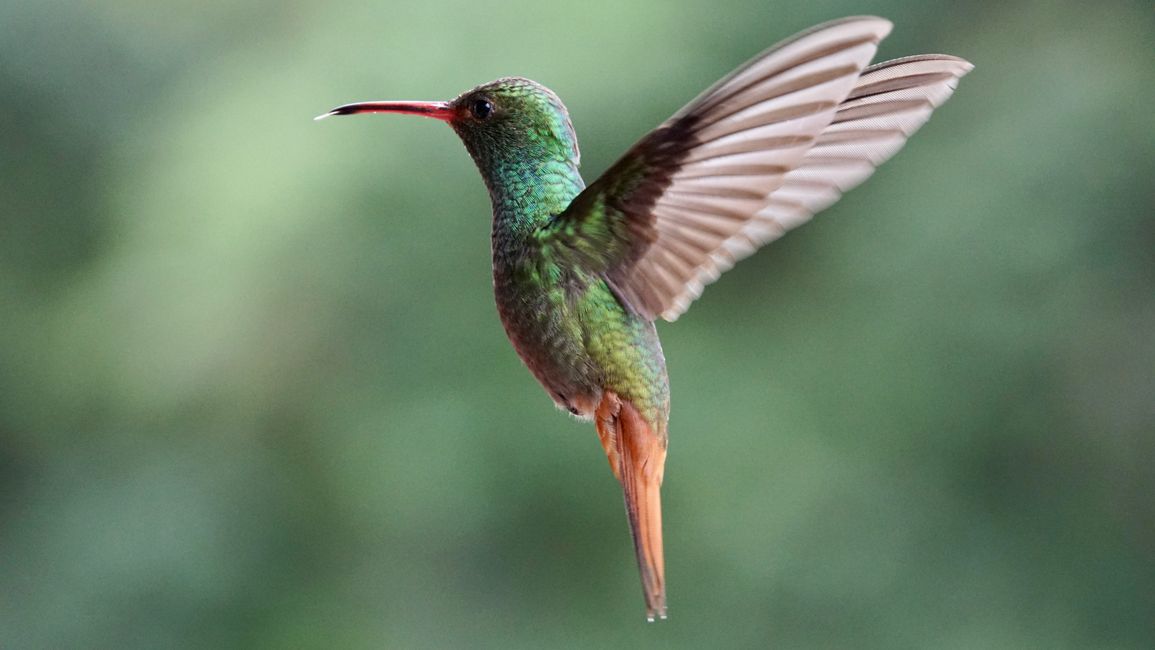
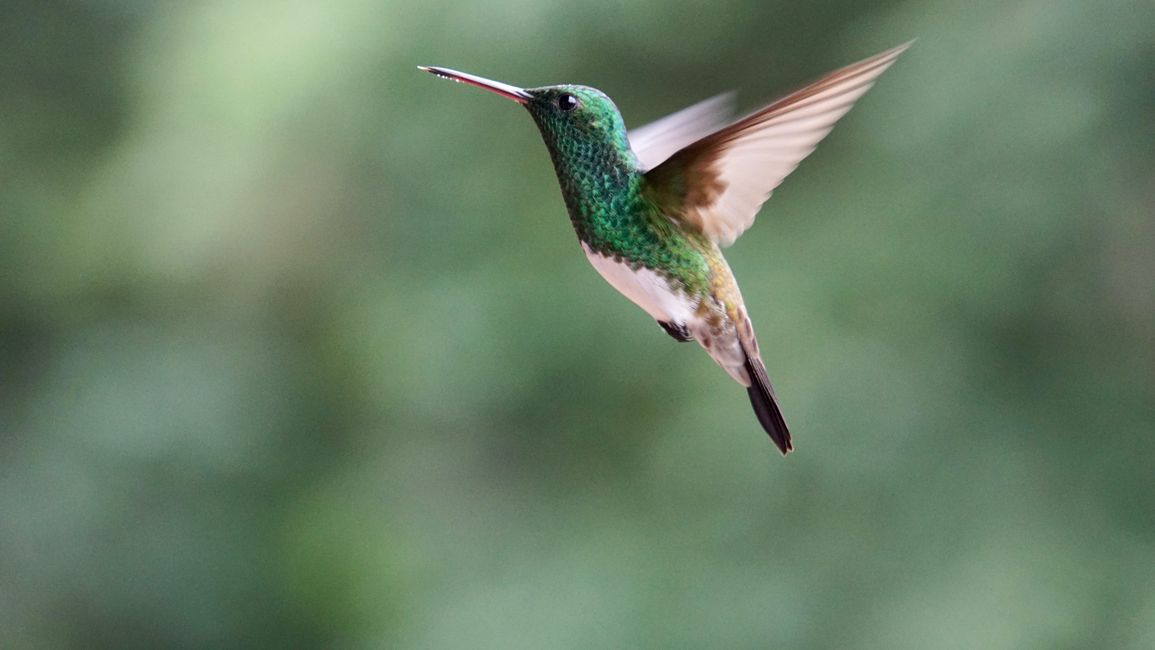
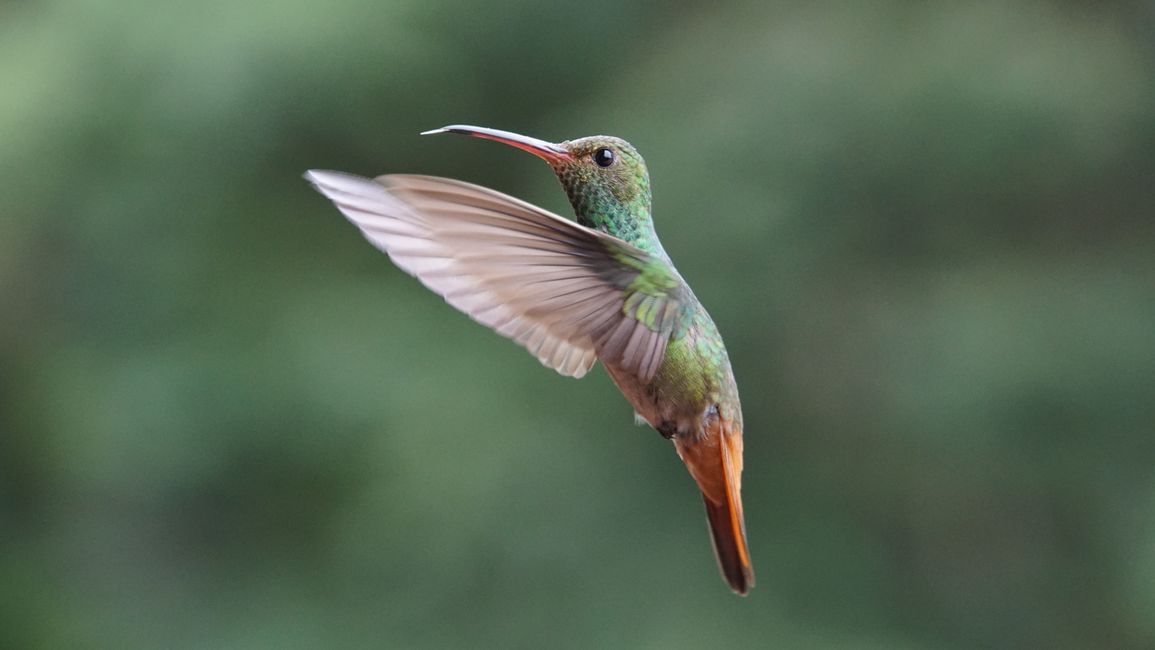
Iscriviti alla Newsletter
We landed in Panama City, the country's capital, on September 27th. Panamanians also call it the Dubai of Central America, probably because of the many skyscrapers. Since we came from South America, there was a bit of a culture shock waiting for us. In contrast to South America, the American influence was strongly felt here. We didn't really like the capital, so we soon drove on to the Valle de Anton. We only took public buses because that is the cheapest way to travel, but not necessarily the fastest or most comfortable.
After over three hours (for only about 130km) we reached the Valle. A small, quiet village in the middle of a volcanic crater. It was an idyllic place with beautiful nature, waterfalls everywhere and hikes up to the crater rim. Since it was the rainy season in Panama, we were able to get a good routine into the day. Get up soon because in the morning it was almost always beautiful and perfect for hiking. The rain came in the early afternoon, it cooled down a bit and was just right to spend the afternoon with a book in the hammock. We really liked it in the Valle de Anton, a welcome respite from the sometimes hectic travel life.
The next destination was Playa Venao, a small surfing village on the Pacific coast. We had nice accommodation right in the jungle by a small river that flowed into the sea. Every day we went to the beach in the morning, which was only about 200m away, and enjoyed the morning atmosphere in the warm water of the Pacific. Because the place is so remote, we were also able to observe the wildlife here. Howler monkeys cavorted in the trees just above our accommodation. During an afternoon nap in the hammock, it could happen that the monkeys threw small branches at you. There was also a crocodile living in the river 20m from our front door. The special thing about these beaches was that this was the nesting place for sea turtles (e.g. the Pacific ridley turtle). That's why there was a turtle breeding station in Playa Venao. The biologists went on turtle patrol every night and collected the freshly laid eggs to protect them from nest robbers (especially humans). This means they can help the highly endangered species because this program has increased the small turtles' chance of survival from 5% to over 90%. We were allowed to accompany the Colombian biologist Eimy on her patrol. We were on the road until 2am. We were able to watch two turtles laying eggs very close and we found a total of 4 nests on the beach. We took the eggs to the hatchery and when we got there an entire nest of 70 little baby turtles had just hatched. What luck, we were able to release the little ones into freedom with Eimy. A very special experience.
We came to Panama at this time because a cosmic event was to be seen here on October 14th - an annular solar eclipse. The moon obscures the sun in such a way that only a ring of fire remains. For this we drove to the central mountain region of Panama to Olá, where a festival was taking place. Many indigenous tribes from Central and South America and also some from Africa came together for this purpose. In honor of the solar eclipse, the tribes held a ritual together with all participants. There was dancing, drumming and singing. Simply wonderful to experience and celebrate this spectacular event together with all these different people.
We then went on again to the Pacific coast to Santa Catalina, also a small, very remote place where apparently one of the best places for surfing is. However, we took it easy and just spent a few quiet days on the beach.
Now it was time for us to move to the Caribbean side of Panama, because this is where we wanted to cross the border into Costa Rica. Since the way there was very long, we stayed in the Lost & Found Hostel in the middle of the mountains of Panama. From there you could go on great hikes through the cloud forest or just sit on the terrace and enjoy the view while countless hummingbirds buzzed around you.
Iscriviti alla Newsletter
Risposta
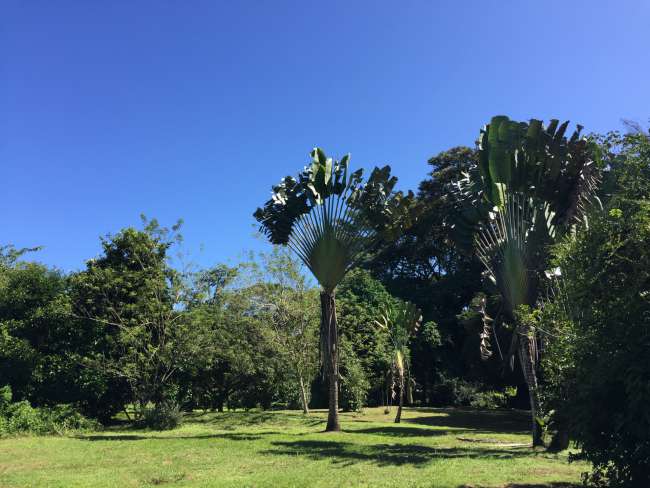
Rapporti di viaggio Panama
